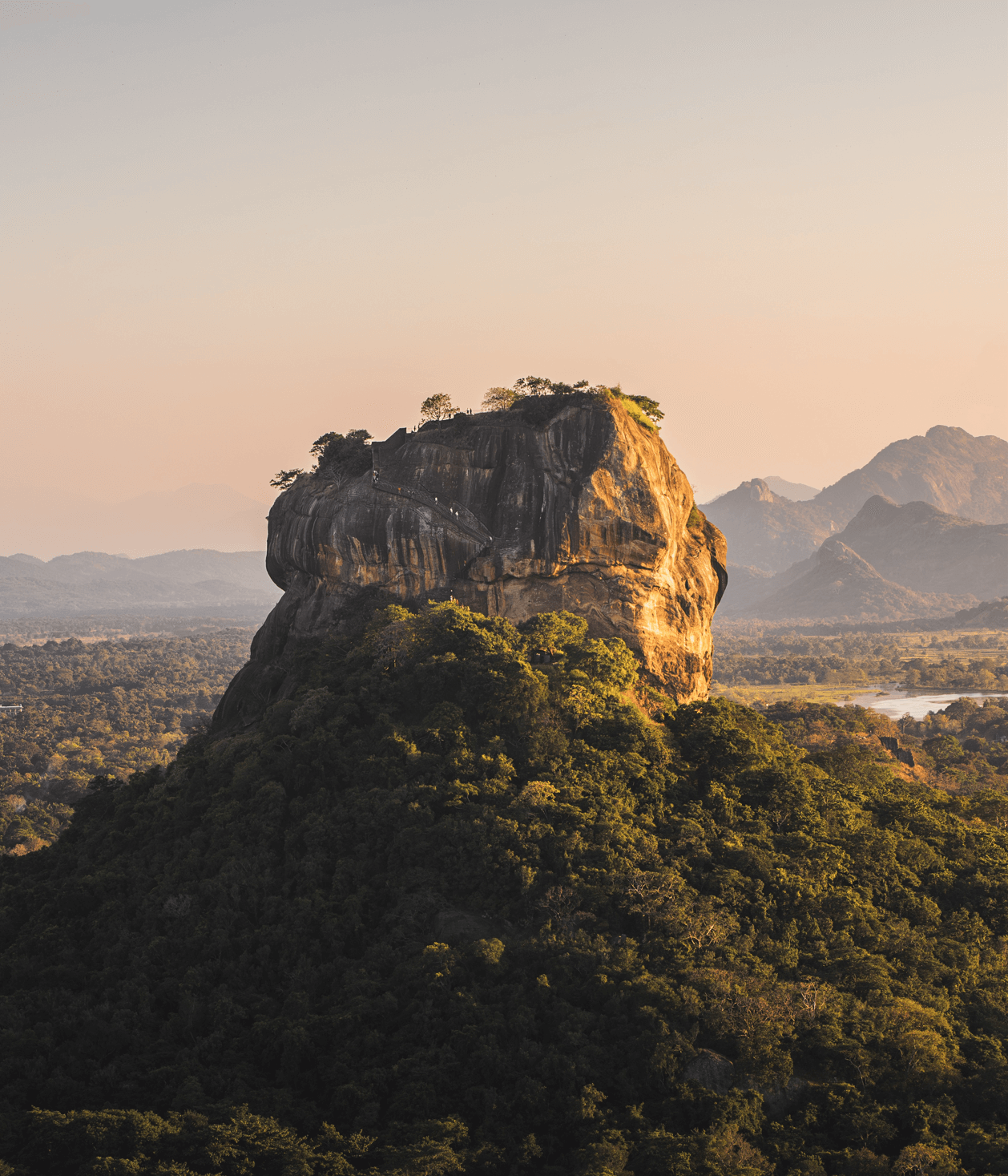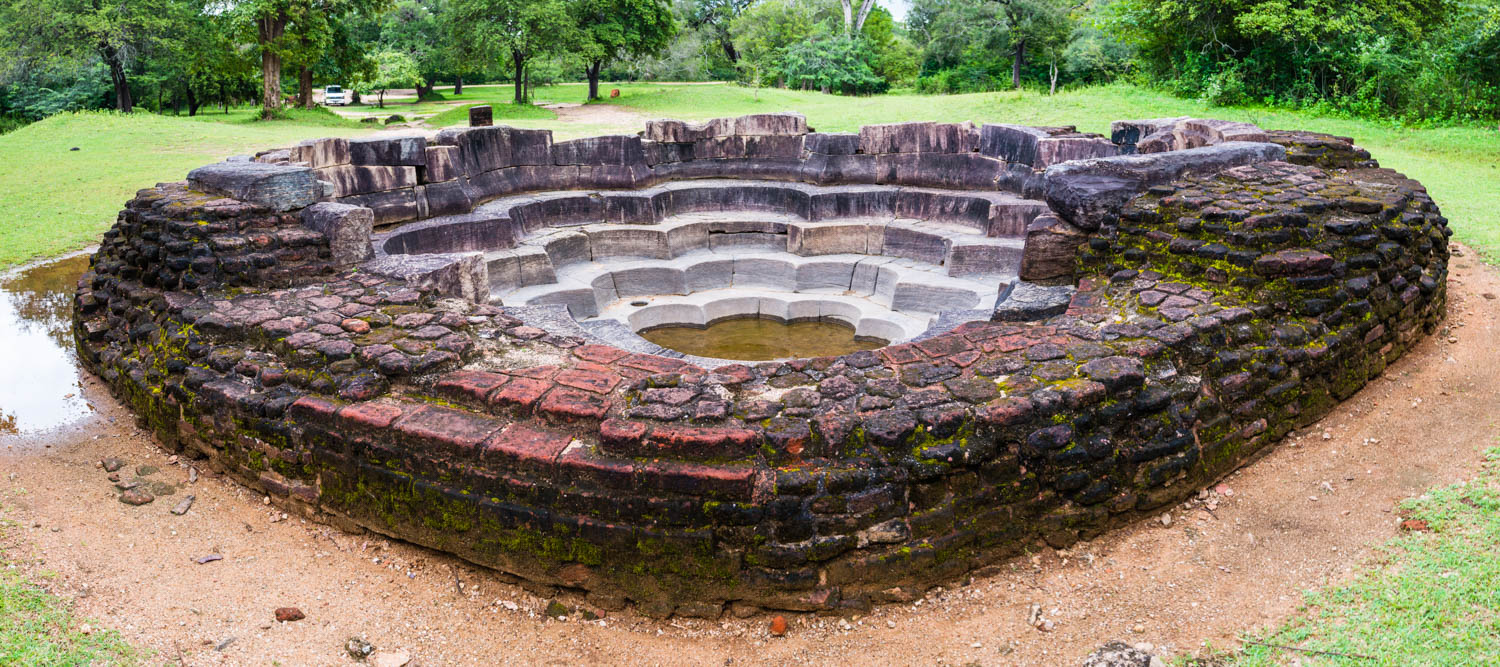
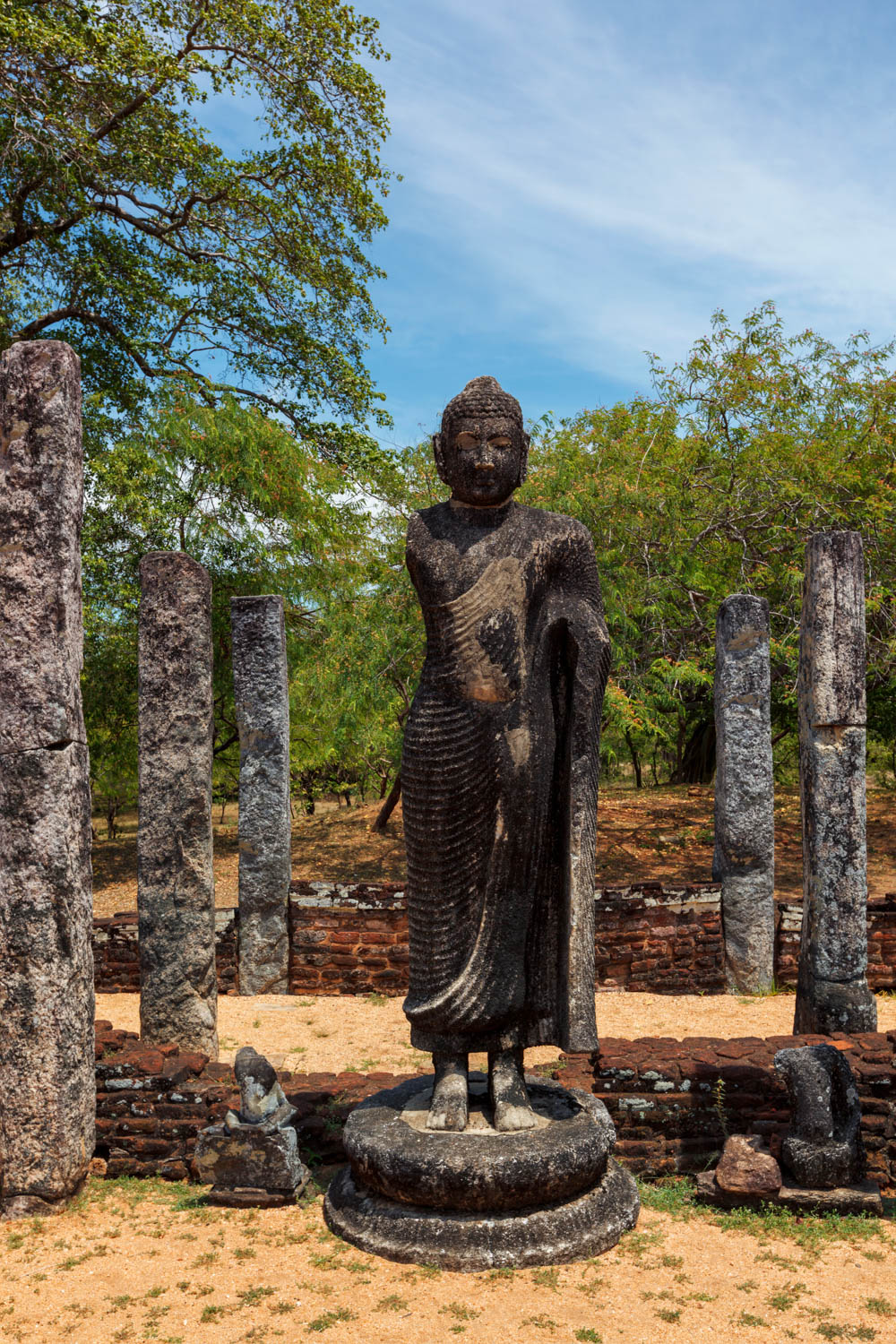
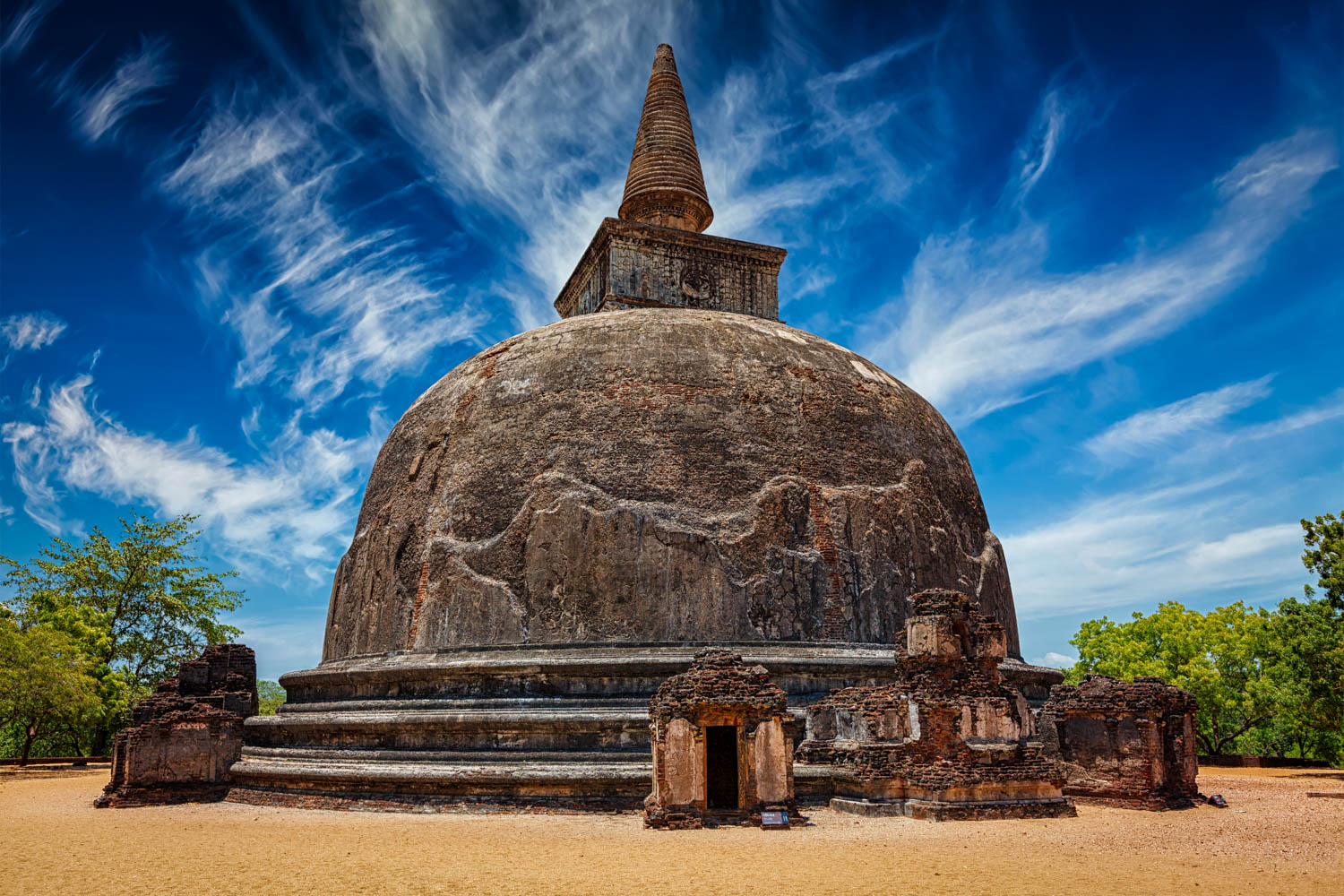
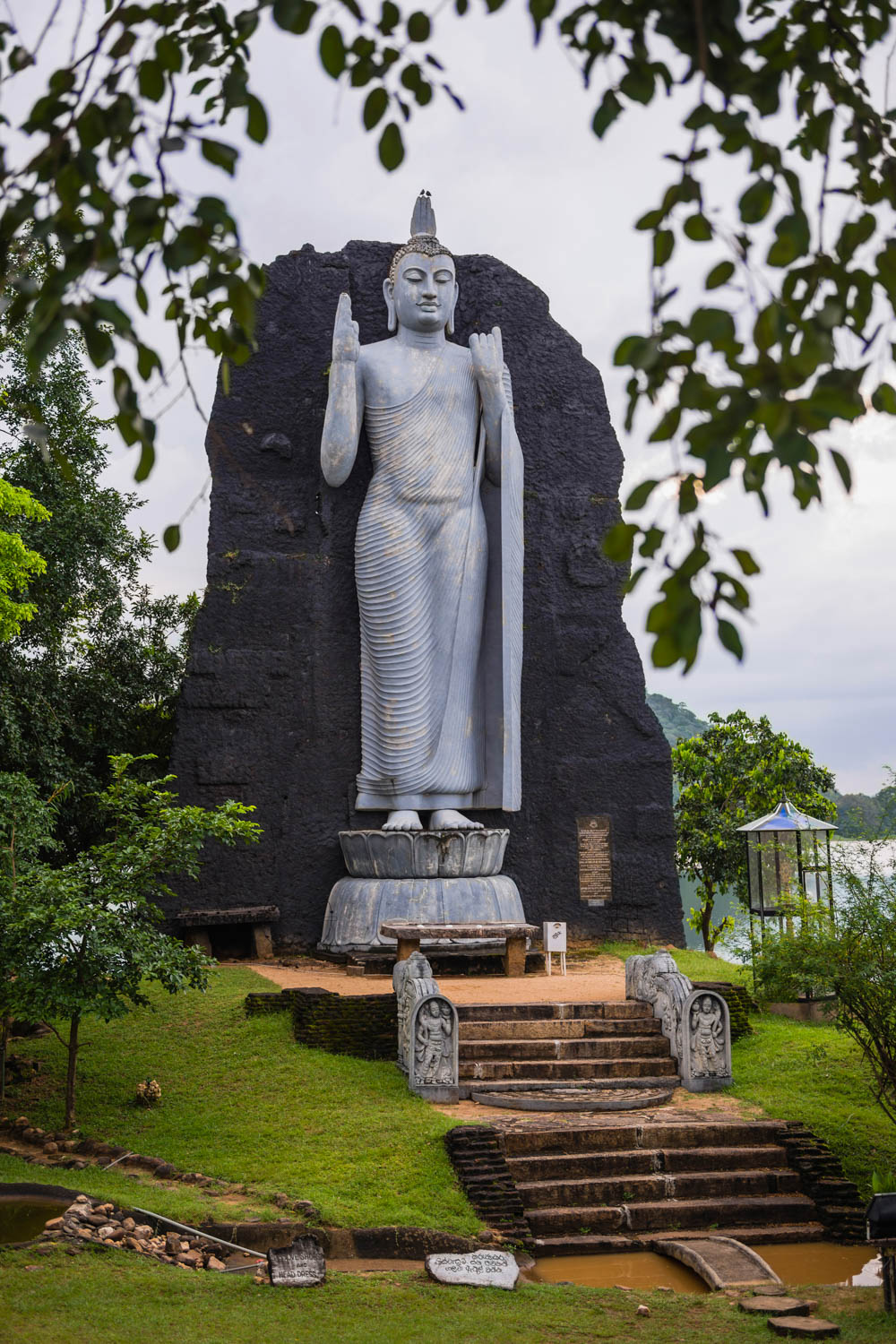
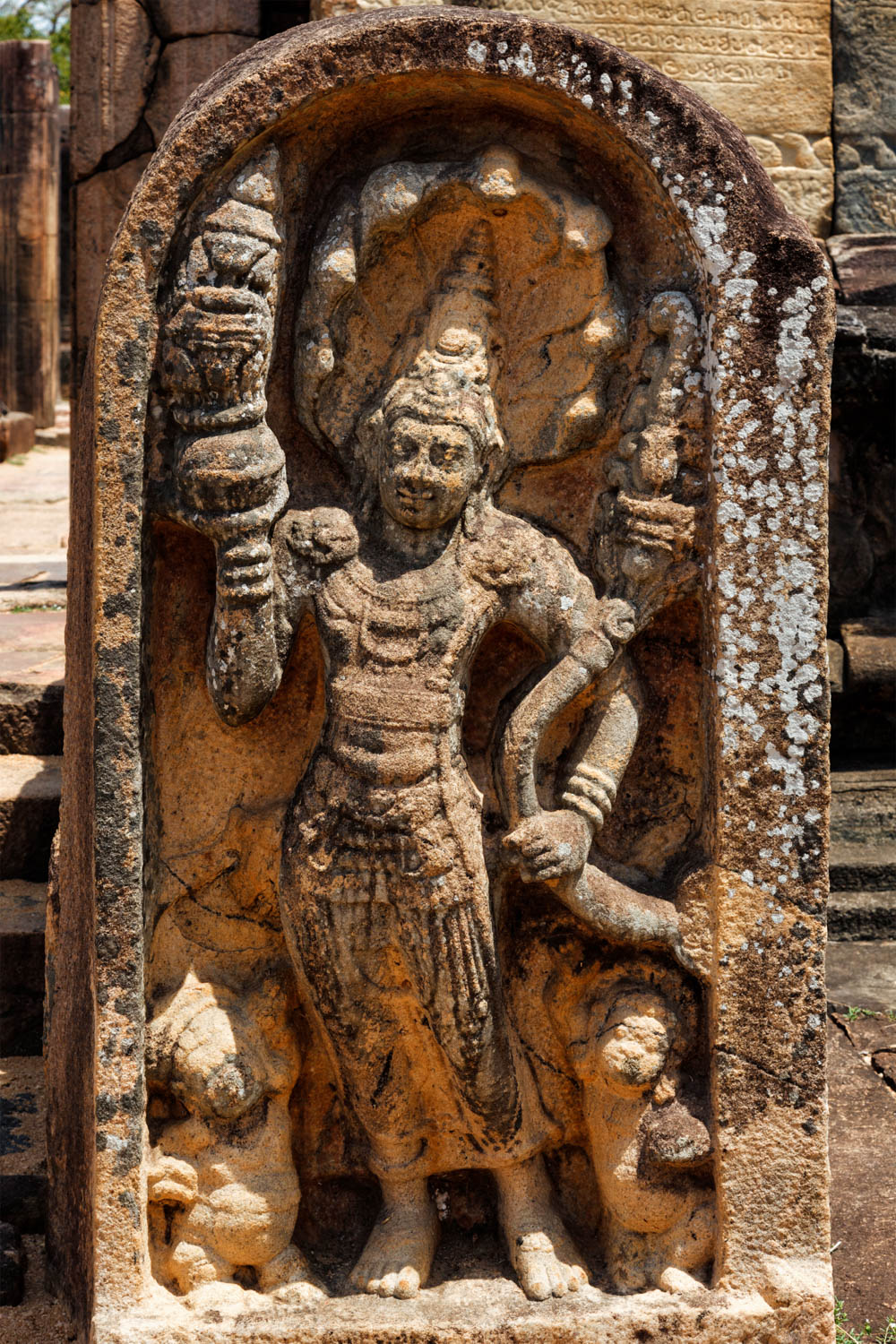
at a Glance.
Location
Polonnaruwa is located in the North Central Province of Sri Lanka, around 220 km from Colombo.
Avg. Temp
25–33°C year-round (hot & dry)
Best For
History lovers, culture seekers, photographers, UNESCO explorers
Type
Ancient royal capital & Cultural Triangle site
Known For
UNESCO World Heritage ruins, Gal Vihara Buddha statues, Parakrama Samudra reservoir
Daily Spend
Budget $25 | Flex $60–100 | Luxe $180+
Getting there
4.5–5 hrs from Colombo | 2 hrs from Sigiriya/Dambulla | 3 hrs from Anuradhapura
Ideal Stay
1–2 days (to explore ruins & temples)
Highlights
Gal Vihara, Royal Palace, Quadrangle, Parakrama Samudra
Fun facts
Polonnaruwa replaced Anuradhapura as Sri Lanka’s capital in the 11th century and became one of Asia’s most advanced cities, with hydraulic engineering marvels that still function today.
Polonnaruwa, the second ancient capital of Sri Lanka, is one of Asia’s most impressive archaeological cities. Declared a UNESCO World Heritage Site in 1982, it’s a fascinating blend of ancient engineering, art, and culture — a perfect destination for your 2026 Sri Lanka itinerary.
After Anuradhapura’s fall in 993 AD, the Chola dynasty established Polonnaruwa as their capital. Later, King Parakramabahu I (1153–1186 AD) transformed it into a marvel of hydraulic engineering. His legendary reservoir, Parakrama Samudra, and the city’s sophisticated canals turned the region into the “Granary of the Orient.”
Polonnaruwa’s ruins — from the serene Gal Vihara Buddha statues to the vast palace complexes — embody Sri Lanka’s golden age of art and urban planning. Unlike sprawling Anuradhapura, it’s compact and easily explored by bicycle or tuk-tuk, offering a peaceful, crowd-free experience.
“Let not even a drop of rainwater flow into the sea without benefiting man.”
– King Parakramabahu I
If you’re drawn to history, architecture, and timeless spirituality, Polonnaruwa in Sri Lanka deserves a prime spot on your 2026 travel bucket list.
Polonnaruwa’s significance extends beyond its architectural marvels. The city is a living testament to the ingenuity of the Sinhalese civilization, showcasing how ancient societies harnessed natural resources to create sustainable urban centers. The hydraulic systems engineered by King Parakramabahu I are still in use today, reflecting a deep understanding of water management that supported agriculture and daily life.
The city also reflects a rich cultural tapestry, blending influences from the South Indian Chola dynasty and indigenous Sinhalese traditions. This fusion is evident in the Hindu temples alongside Buddhist stupas and monasteries, illustrating a period of religious coexistence and artistic exchange.
Visitors to Polonnaruwa can immerse themselves in its fascinating history by exploring the ancient city of Polonnaruwa's well-preserved monuments. Highlights include the standing statue and reclining figure at Gal Vihara, which are among the best examples of rock-carved Buddha images in the world. The sitting image inside the artificial cave adds to the spiritual ambiance, inviting reflection on the Buddha’s teachings.
Moreover, the stories of King Parakramabahu's wives, such as Queen Rupawathi, who commissioned the Pabalu Vehera stupa, add a personal dimension to the city’s history, revealing the roles played by royal women in religious and civic life.
For travelers planning to visit Sri Lanka, Polonnaruwa offers a unique blend of history, culture, and natural beauty. Its location in the North Central Province makes it an accessible gateway to the east coast and other cultural landmarks, making it an essential stop on any Sri Lankan itinerary.
Whether you are captivated by the intricate stone walls of the royal palace, the serenity of the Buddha rests in meditation, or the grandeur of the ancient temples, Polonnaruwa promises an enriching experience that connects the past to the present in present day Sri Lanka.
Brief History of Polonnaruwa
Polonnaruwa rose to prominence after the Chola invasions of the 10th century. When the Sinhalese king Vijayabahu I recaptured it in 1070 AD, he began rebuilding the city as a royal capital.
Under King Parakramabahu I, Polonnaruwa became a flourishing commercial and cultural hub, uniting Buddhist monasteries and expanding irrigation systems across the kingdom. The city thrived until the 13th century, when invasions led to its decline and eventual abandonment — leaving behind one of Asia’s most remarkable archaeological legacies.
Photo by UGA Chena Huts

Photo by UGA Chena Huts

Hotels in Polonnaruwa
Accommodation in Polonnaruwa caters to every traveler's preference, ranging from cozy guesthouses to luxurious resorts, ensuring a comfortable stay after a day of exploring the ancient city:
- Budget ($15–30) → Family-run guesthouses and eco-stays offering authentic local experiences. Recommended options include
- Green Garden Guesthouse – Known for its friendly hosts and clean rooms.
- Polonnaruwa Rest House – A simple, budget-friendly option close to the ruins.
- Serene Eco Lodge – Offers a peaceful environment surrounded by nature.
- Mid-Range ($50–100) → Comfortable hotels with good amenities and convenient locations. Popular choices are
- The Lake Hotel – Offers scenic views of the nearby lake and modern facilities.
- Deer Park Hotel – Known for its spacious rooms and excellent service.
- Heritage Rest – A charming hotel blending local architecture with comfort.
- Luxury ($150+) → Premium resorts with upscale amenities, perfect for a relaxing stay. Top picks include
- EKHO Lake House – Famous for hosting Queen Elizabeth II, featuring lakeside views and elegant rooms.
- Cinnamon Lodge (nearby Habarana) – Ideal for Cultural Triangle trips, with spa services and lush gardens.
- Wildlife Lodge – Offers luxury accommodations close to nature and national parks.
👉 Whatever your budget, booking your accommodation in advance is highly recommended to secure the best rates and availability. Choose the option that suits your travel style and enjoy a restful stay in Polonnaruwa as you immerse yourself in the rich history and culture of this remarkable ancient city.
Top Attractions in Polonnaruwa
Here are the unmissable highlights when exploring Polonnaruwa’s ancient city and archeological ruins:
1. The Royal Palace (Weijantha Prasada)
Built by King Parakramabahu I, this palace once had seven stories and 1,000 rooms. Today, only some solid brick walls and stone foundations remain, hinting at the palace’s former grandeur and scale. The palace complex also includes the audience hall with intricately carved stone pillars and elephant motifs, and the royal bathing pool, a large pool with crocodile-mouth spouts that once supplied fresh water. This royal bathing pool is a fascinating example of the advanced water management systems of the time.
King Vijayabahu I, who recaptured Polonnaruwa from the South Indian Chola dynasty in 1070 AD, laid the groundwork for the city’s development into a Sinhalese kingdom stronghold.

2. The Quadrangle (Dalada Maluwa)
A compact area with some of the finest ancient ruins: The Sacred Quadrangle contains the most concentrated collection of significant religious buildings in Polonnaruwa. Known as Dalada Maluwa, it was also the historic location of the Sacred Tooth Relic of the Buddha, a symbol of royal authority.
- Vatadage – A circular relic house built to enshrine Buddha statues, with exquisite stone carvings and guard stones.
- Thuparama Image House – One of the oldest buildings with its original roof still intact, housing a large Buddha image.
- Hatadage & Atadage – Stone structures that once housed the Sacred Tooth Relic, showcasing intricate carvings and architectural mastery.
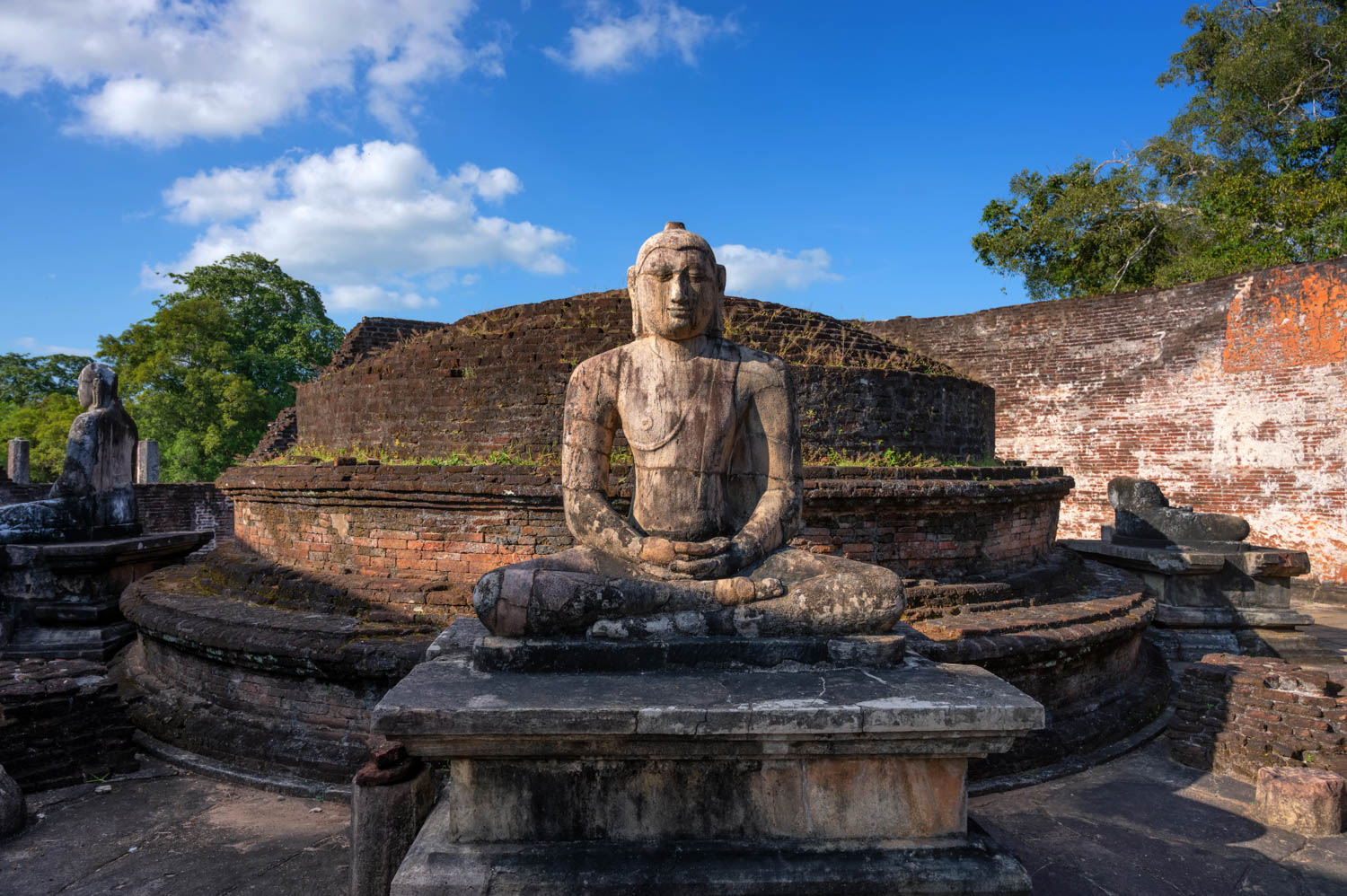
-2.jpg)
3. Gal Vihara
The crown jewel of Polonnaruwa, Gal Vihara is a rock monastery featuring four colossal Buddha statues hewn from solid granite. These statues include a large seated image, a smaller seated image inside an artificial cave, a standing image, and a reclining image. The reclining Buddha statue, 14 meters long, depicts the Buddha entering Nirvana, with the left foot slightly withdrawn, symbolizing his final departure from the world.
The standing Buddha statue, 7 meters tall, is noted for its unusual arm position and sorrowful facial expression, believed by some to represent the monk Ananda mourning the Buddha. These Buddha statues hewn from a single large rock are considered masterpieces of Sinhalese sculpting and carving, and the only example of such a complete set in Southeast Asia.
The statues were originally housed in separate image houses with brick walls, now mostly destroyed by treasure hunters over centuries. The inscriptions at Gal Vihara also record a significant monastic reform under King Parakramabahu I, unifying the Buddhist Sangha in Sri Lankan history.

4. Lankatilaka Image House
A towering 17-meter-high brick structure, Lankatilaka Image House impresses with its massive walls and a large, headless Buddha statue inside. This building reflects the grandeur and religious significance of Polonnaruwa, combining Buddhist and Hindu architectural elements.
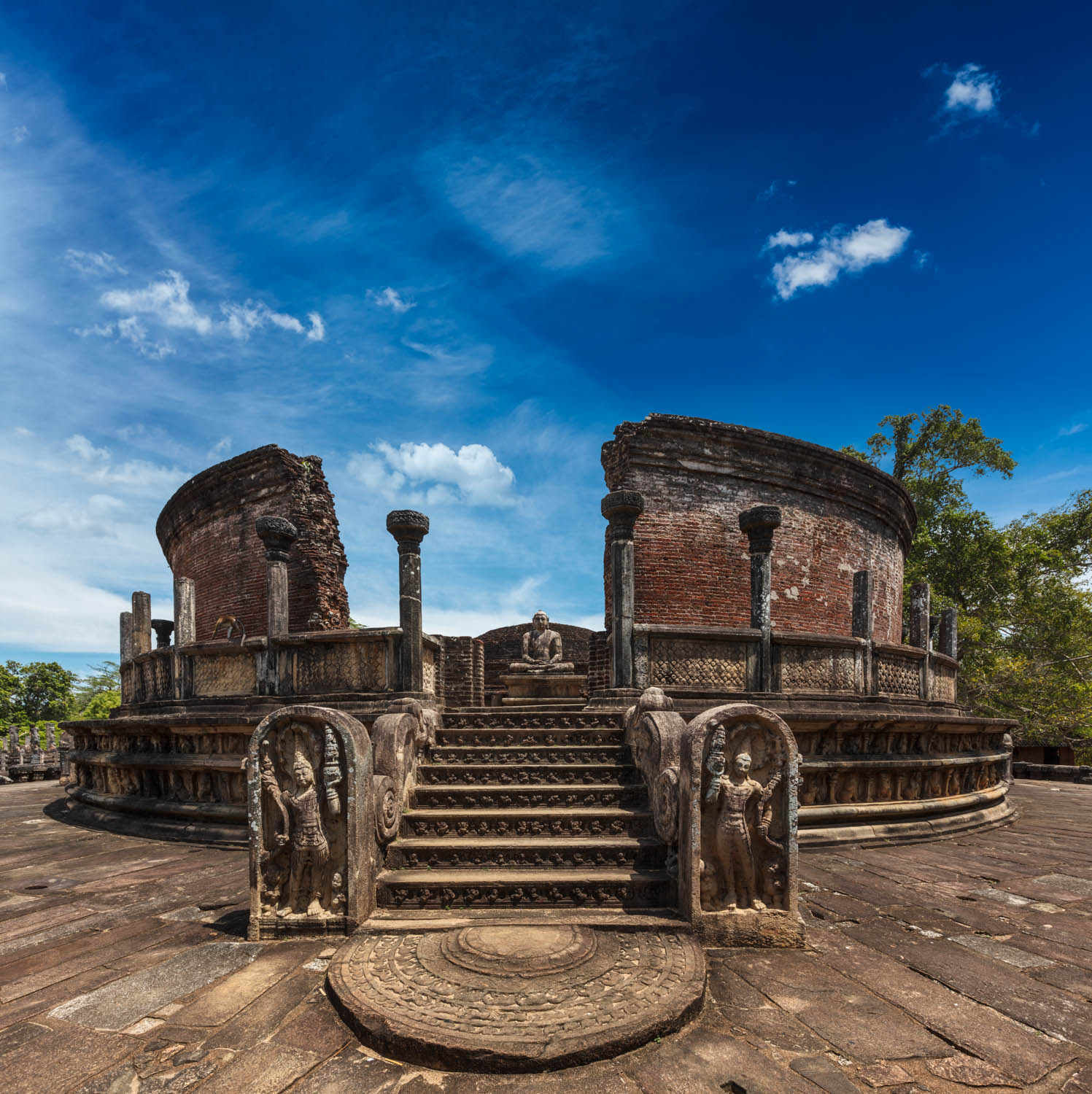
5. Rankoth Vehera & Other Stupas
Rankoth Vehera is the largest dagoba in Polonnaruwa, standing 54 meters tall and built entirely of brick. It is one of the most impressive ruins in the city, alongside other stupas inspired by the great stupas of Anuradhapura. These religious buildings illustrate the importance of Buddhism in the Sinhalese kingdom.
6. Parakrama Samudra (Sea of Parakrama)
A vast reservoir covering 22 square kilometers, Parakrama Samudra is a testament to the advanced hydraulic engineering of King Parakramabahu I’s reign. This man-made lake still supports local farming and creates a stunning backdrop for sunset walks. It exemplifies the king’s vision that all water should serve the people, making Polonnaruwa a garden city and a marvel of ancient urban planning.
🔗 Learn more on UNESCO’s official Polonnaruwa site.
Things to Do in Polonnaruwa
Beyond exploring all the ruins, visitors can enjoy:
- Cycling Tours – Rent a bicycle and explore the entire tour of Polonnaruwa ruins at your own pace. The flat terrain and shaded paths make cycling the perfect way to see all the archeological ruins efficiently. Tip: Start early in the morning to avoid the midday heat and enjoy cooler temperatures along the shaded routes.
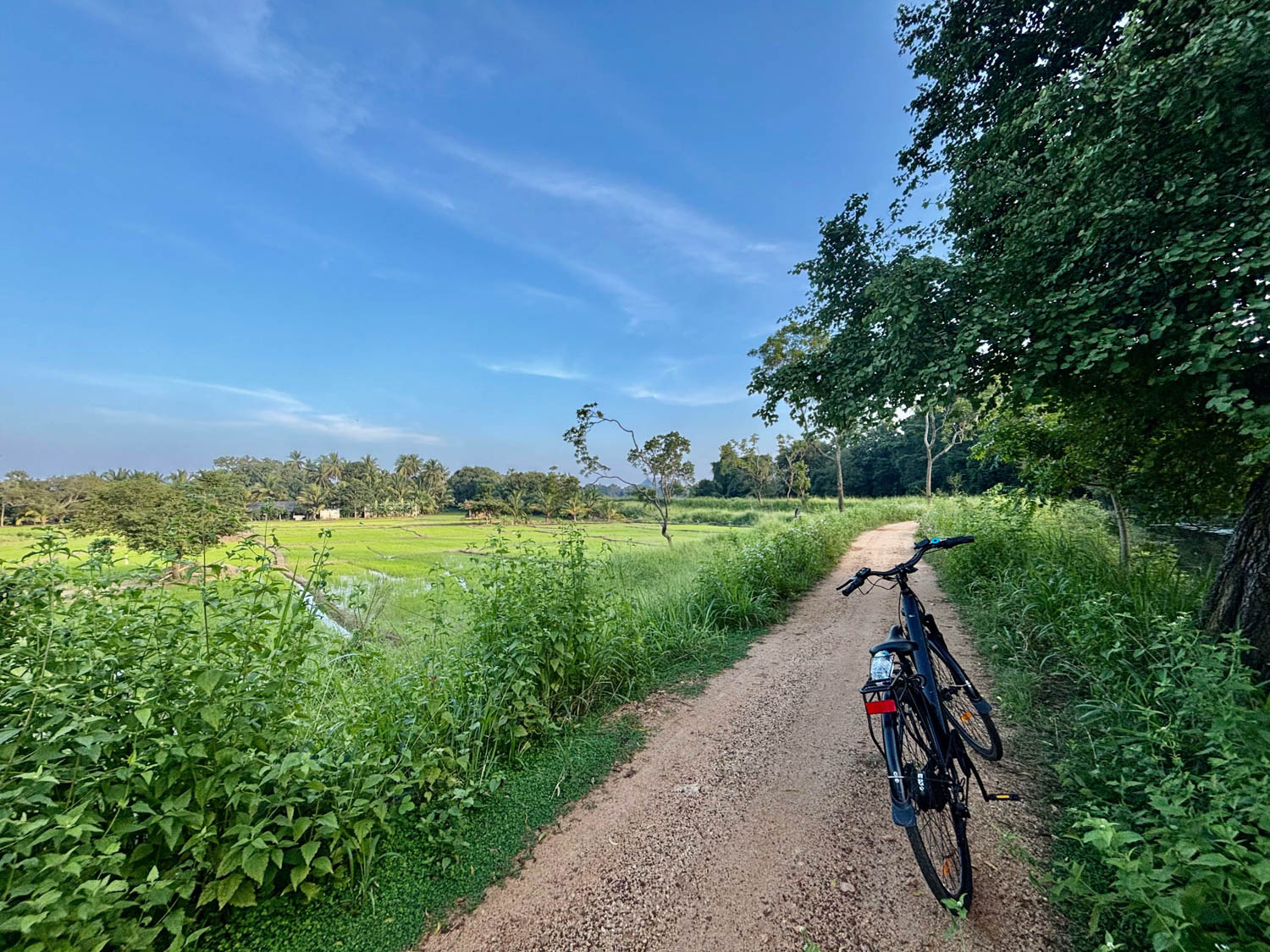
- Photography – Sunrise and sunset light bring a golden glow to the ancient temples, rock statues, and the large rock formations. Pro tip: Bring a wide-angle lens to capture the grandeur of the ruins and the surrounding landscape.
- Monkey Encounters – Polonnaruwa is famous for its toque macaques, often seen roaming the ruins and interacting playfully with visitors. Remember to keep your belongings secure and avoid feeding the monkeys to ensure a safe and respectful experience.
- Boat Rides – Enjoy evening cruises on Parakrama Samudra, offering a different perspective of the ancient city and its surroundings. Don’t miss the chance to spot local wildlife and stunning sunsets over the reservoir.
- Temple Visits – Stop at nearby modern Buddhist temples that are still active today, connecting past and present religious practices. Tip: Dress modestly and remove your shoes before entering temple premises to show respect.
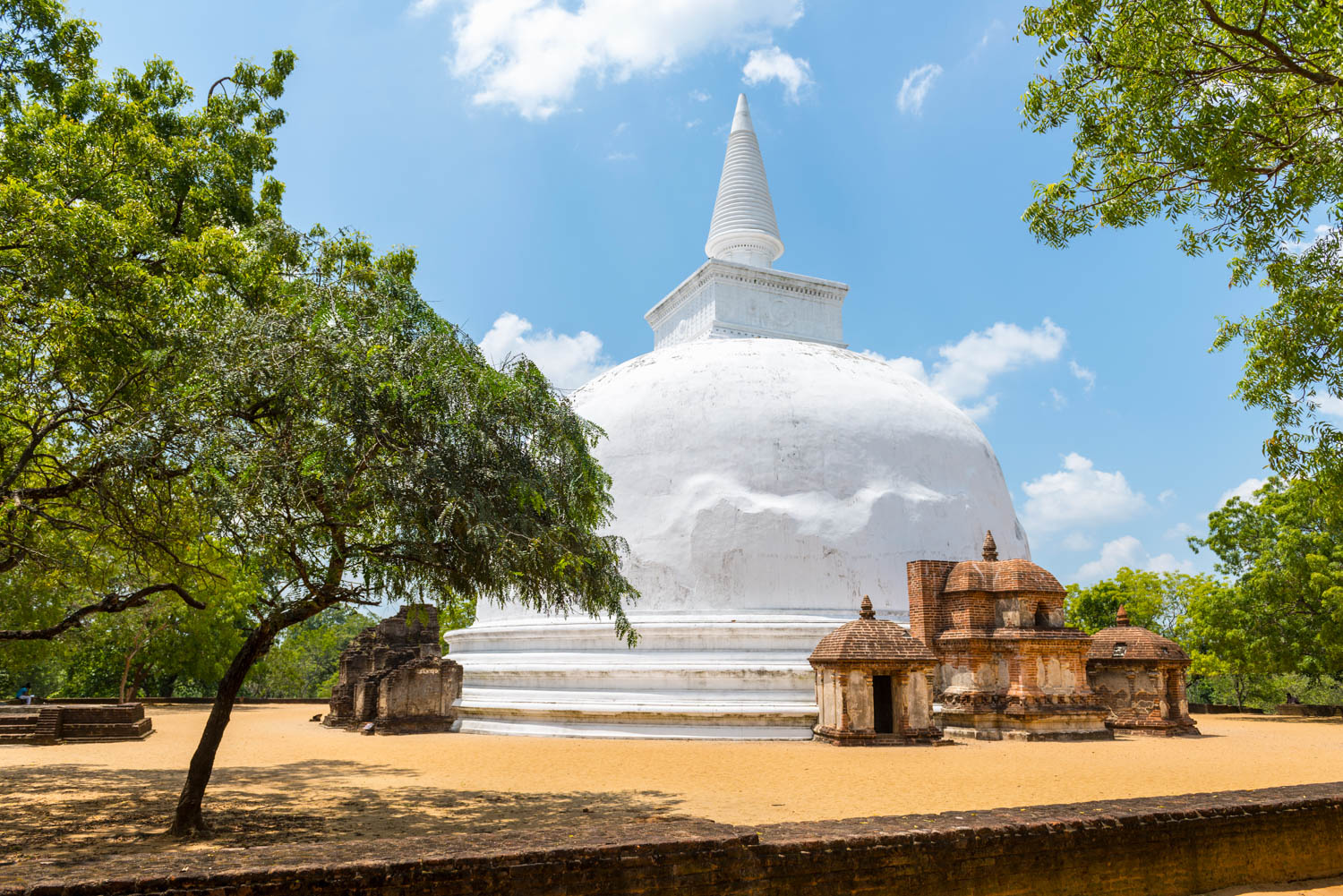
Ready to explore? Rent a bike at the entrance and embark on your Polonnaruwa adventure today! Don’t forget to stay hydrated and carry sunscreen for a comfortable visit. For a deeper understanding, consider hiring a local guide or joining a cycling tour to uncover hidden stories behind the ruins.
Restaurants in Polonnaruwa
🍛 Local Eateries – Experience authentic Sri Lankan cuisine at popular local spots like New Summer Breeze and Green Garden Restaurant, where you can enjoy traditional rice and curry meals for under LKR 600. These eateries serve flavorful dishes featuring fresh local ingredients, including spicy sambols, dhal, and seasonal vegetables.
🥗 Guesthouse Meals – Many homestays and guesthouses, such as Serene Eco Lodge and Green Garden Guesthouse, offer home-cooked Sri Lankan meals that provide a genuine taste of local hospitality. Guests can savor specialties like string hoppers, hoppers (bowl-shaped pancakes), and coconut sambol, often prepared with family recipes passed down through generations.
🍹 Resort Dining – For a more upscale dining experience, visit lakeside restaurants at EKHO Lake House and Deer Park Hotel. These resorts offer a mix of Sri Lankan and international cuisine with stunning views of nearby lakes. Signature dishes include fresh seafood curries, grilled tropical fish, and creative Sri Lankan fusion dishes paired with refreshing tropical cocktails.
☕ Cafés and Bakeries – Polonnaruwa has charming cafés and bakeries such as The Coffee Bean and Roti Shop, where you can enjoy short eats like egg hoppers, kottu roti (chopped flatbread stir-fried with vegetables and meat), and fresh tropical fruit juices alongside a cup of Ceylon tea or freshly brewed coffee.
Whether you prefer street food, homestyle meals, or fine dining, Polonnaruwa offers a variety of delicious options to satisfy every palate during your visit.
Getting to Polonnaruwa
🚗 By Car: 4.5–5 hrs from Colombo; 2 hrs from Sigiriya/Dambulla.
🚆 By Train: Colombo to Habarana, then 1 hr by taxi.
🚌 By Bus: Regular services from Colombo, Kandy & Anuradhapura.
🚲 Local Transport: Tuk-tuks & bicycles for exploring ruins.
🎟️ Entrance Fee: The entrance fee for Polonnaruwa is set at $25 per person for foreign visitors.
Polonnaruwa is well connected to major cities and towns in Sri Lanka, making it accessible for travelers coming from various parts of the country. If you prefer driving yourself, the route from Colombo offers scenic views as you pass through rural landscapes and small towns. For those who enjoy train journeys, the train ride to Habarana provides a comfortable and picturesque experience, after which a taxi or tuk-tuk can take you to Polonnaruwa.
Public buses are an economical option and run frequently between Polonnaruwa and key destinations such as Colombo, Kandy, and Anuradhapura. Once in Polonnaruwa, tuk-tuks are readily available for short trips, but renting a bicycle is highly recommended for exploring the expansive archaeological site at your own pace.
Visitors should note that the entrance fee is mandatory for foreign tourists and helps fund the preservation and maintenance of the ancient ruins. It is advisable to carry cash in US dollars or Sri Lankan rupees, as card payments may not be accepted at the ticket counters.
Photo by UGA Chena Huts

Photo by UGA Chena Huts
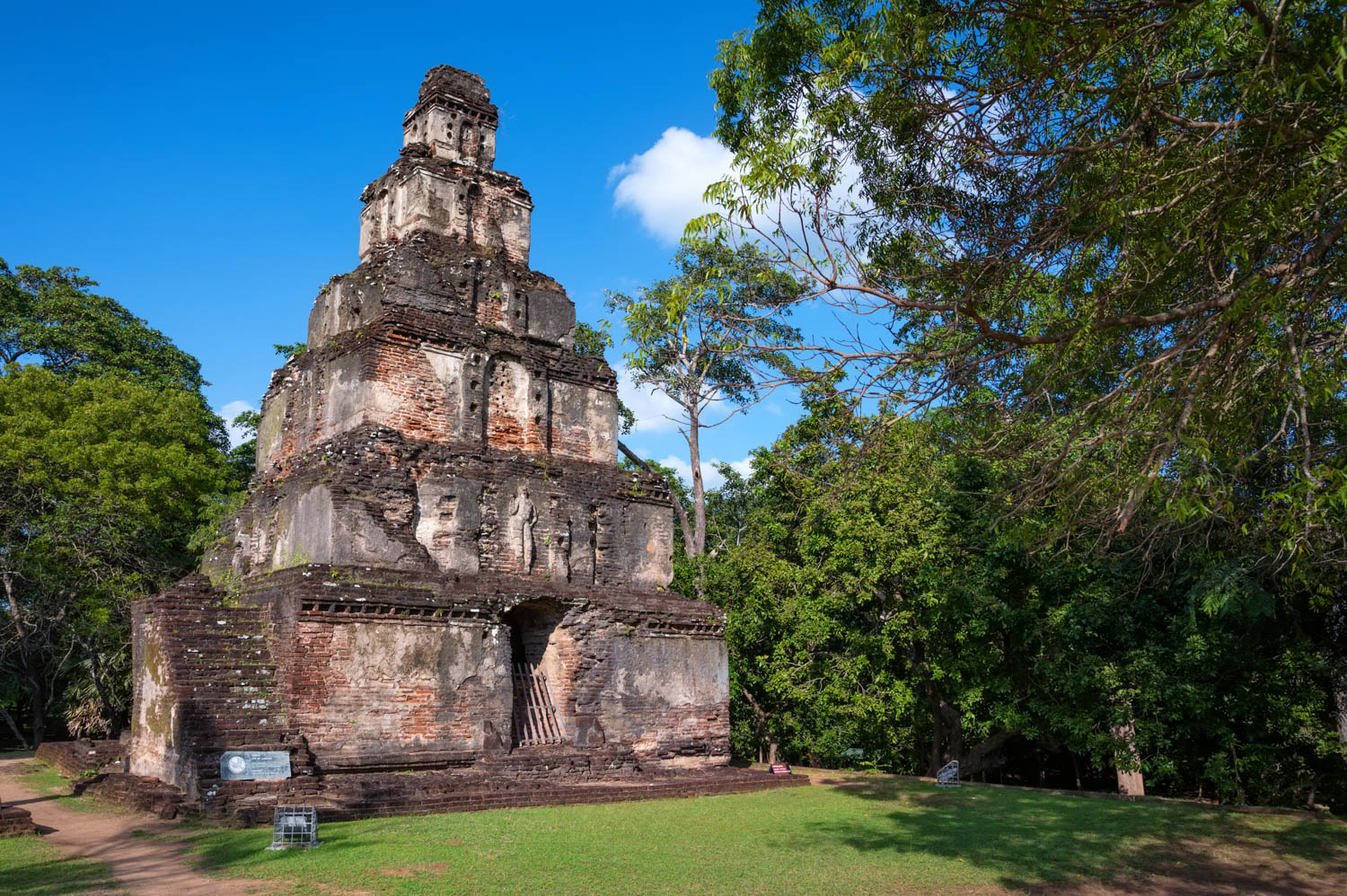
Day-by-Day Unfolding
Day 1
DAY 2
DAY 3
DAY 4
Photo by UGA Chena Huts
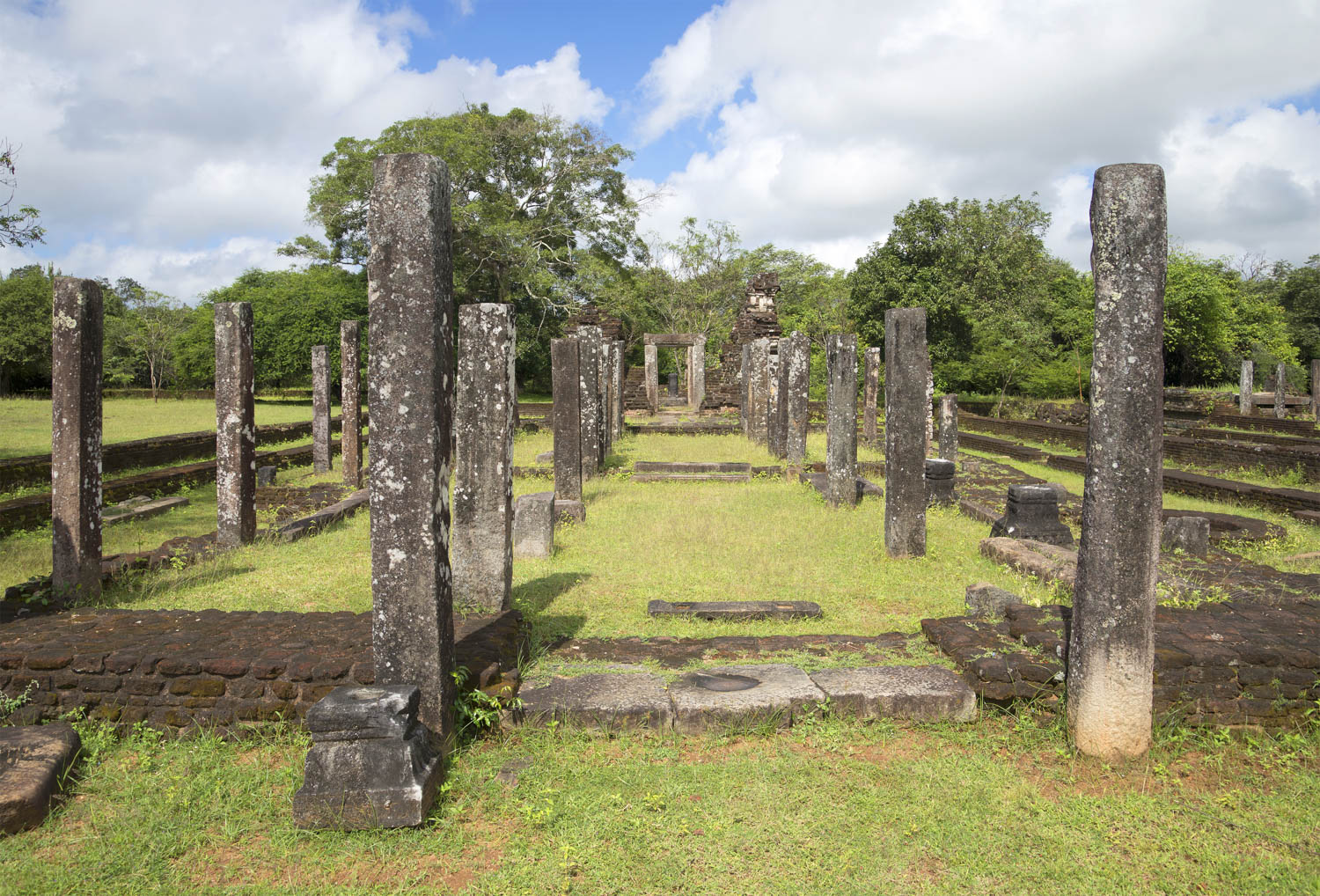
Photo by UGA Chena Huts
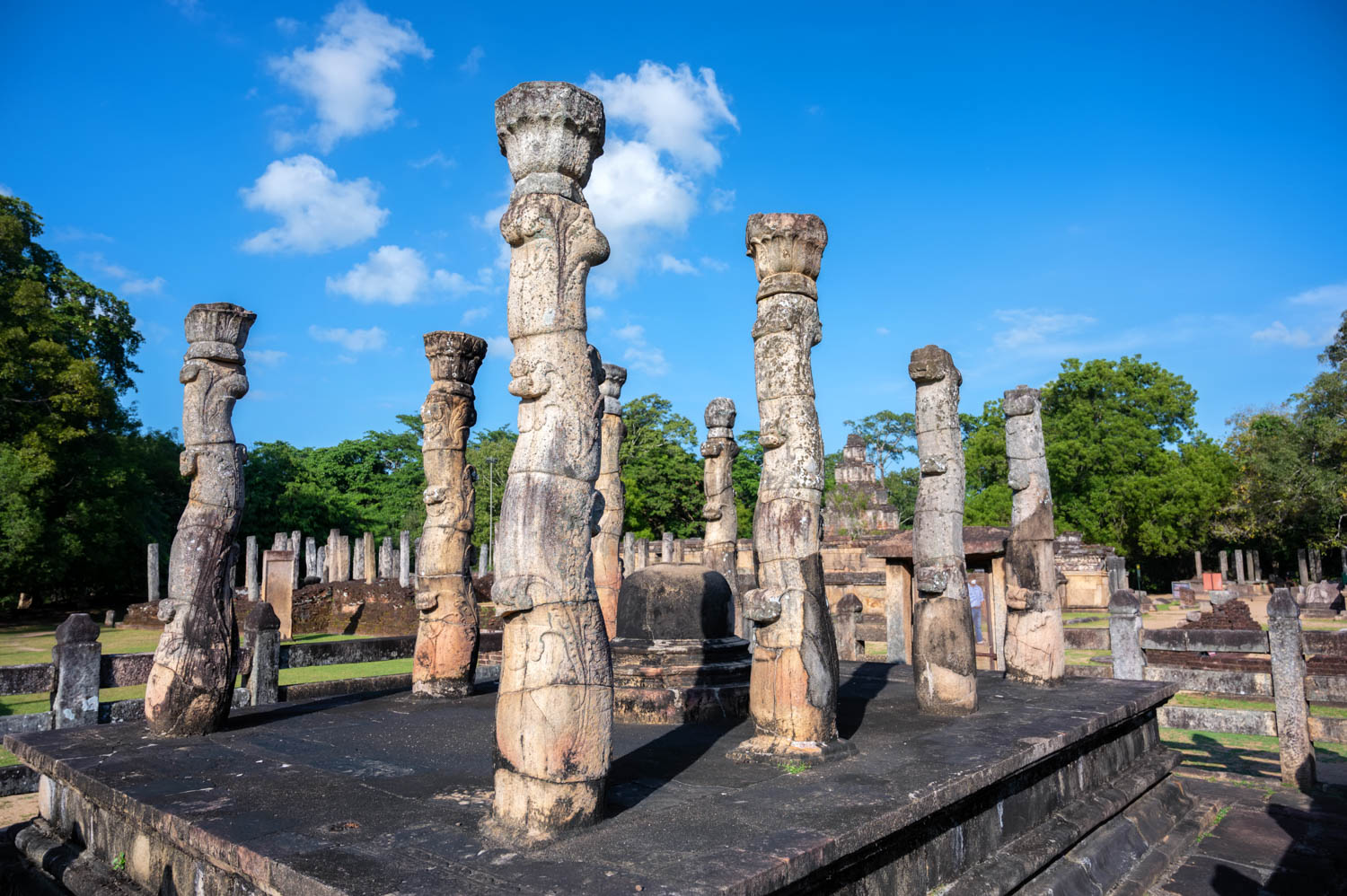
Polonnaruwa vs Other Cultural Triangle Sites
The Cultural Triangle includes Polonnaruwa, Anuradhapura, Sigiriya, and Dambulla. Each site offers something unique:
- Polonnaruwa vs Anuradhapura →
Polonnaruwa is smaller, compact, and easier to explore in 1–2 days, with incredible art like the rock temple of Gal Vihara and well-preserved Buddha images. Anuradhapura is much older and larger, famous for colossal stupas and sacred Bodhi trees.
- Polonnaruwa vs Sigiriya →
Polonnaruwa is about ancient cities and temples, while Sigiriya is a natural fortress rising 200 meters, with frescoes and gardens. Choose Polonnaruwa for royal ruins and engineering marvels, Sigiriya for dramatic landscapes and palace history.
- Polonnaruwa vs Dambulla Cave Temples →
Polonnaruwa showcases open-air ruins, while Dambulla offers intimate caves filled with murals and Buddha statues.
👉 Best Plan: Base yourself in Habarana or Dambulla to explore all three in a few days.
Day Trips from Polonnaruwa
- Sigiriya Rock Fortress (2 hrs) – Iconic UNESCO site.
- Minneriya National Park (1 hr) – Famous for “The Gathering” of elephants (July–September).
- Kaudulla National Park (1 hr) – Known for its elephant migration, 'The Gathering,' which is a spectacular natural event.
- Dambulla Cave Temples (1.5 hrs) – Murals & cave shrines.
- Anuradhapura (3 hrs) – Sacred Bodhi tree & giant stupas.
Best Time to Visit Polonnaruwa
- Nov–Apr (Dry season) – Best for sightseeing & photography. This period offers clear skies, comfortable temperatures, and minimal rainfall, making it ideal for exploring the ancient ruins and capturing stunning photographs of Polonnaruwa city. Early mornings and late afternoons during these months provide soft, golden light perfect for highlighting the intricate details of the stone carvings and statues.
- May–Oct (Inter-monsoon/monsoon) – Hot, humid, but fewer crowds. While the weather can be more challenging due to occasional heavy rains and higher humidity, visiting during this time means you can enjoy a more tranquil experience with fewer tourists. The lush greenery surrounding the ancient city polonnaruwa is at its peak, offering a different but equally beautiful perspective of the site. Be prepared for short rain showers and bring appropriate gear to stay comfortable during your entire tour takes around the city.*
👉 Early morning and late afternoon are best for exploring, as midday can be very hot. Early morning or late afternoon is also considered the best time to visit the ruins to avoid the midday sun and hot stone surfaces.
✨ Read our our month-by-month travel insights on best time to visit Sri Lanka for a a perfect getaway!
Travel Tips for Polonnaruwa
✔️ Hire a licensed guide or use the official audio guide for context.
✔️ Wear light clothes, hats, and sunscreen — it’s hot & dry.
✔️ Dress modestly when entering active temples. Respectful attire, covering shoulders and knees, is required when visiting temples in Polonnaruwa.
✔️ Keep water handy; cycling can be tiring in the heat.
FAQs – Polonnaruwa Travel
Q1. What is Polonnaruwa famous for?
The Gal Vihara Buddha statues, ancient royal ruins, and Parakrama Samudra reservoir. Polonnaruwa was declared a UNESCO World Heritage site in 1982.
Q2. How many days should I stay in Polonnaruwa?
1–2 days is ideal for cycling through the ruins and visiting nearby sites.
Q3. Is Polonnaruwa family-friendly?
Yes — flat cycling paths, monkeys, and open ruins make it fun for families.
Q4. Can I cycle in Polonnaruwa?
Yes — bicycles are widely available and the best way to explore.
Q5. Which is better: Polonnaruwa or Anuradhapura?
Polonnaruwa is compact with famous stone art; Anuradhapura is larger, older, and more spiritual.
Photo by UGA Chena Huts
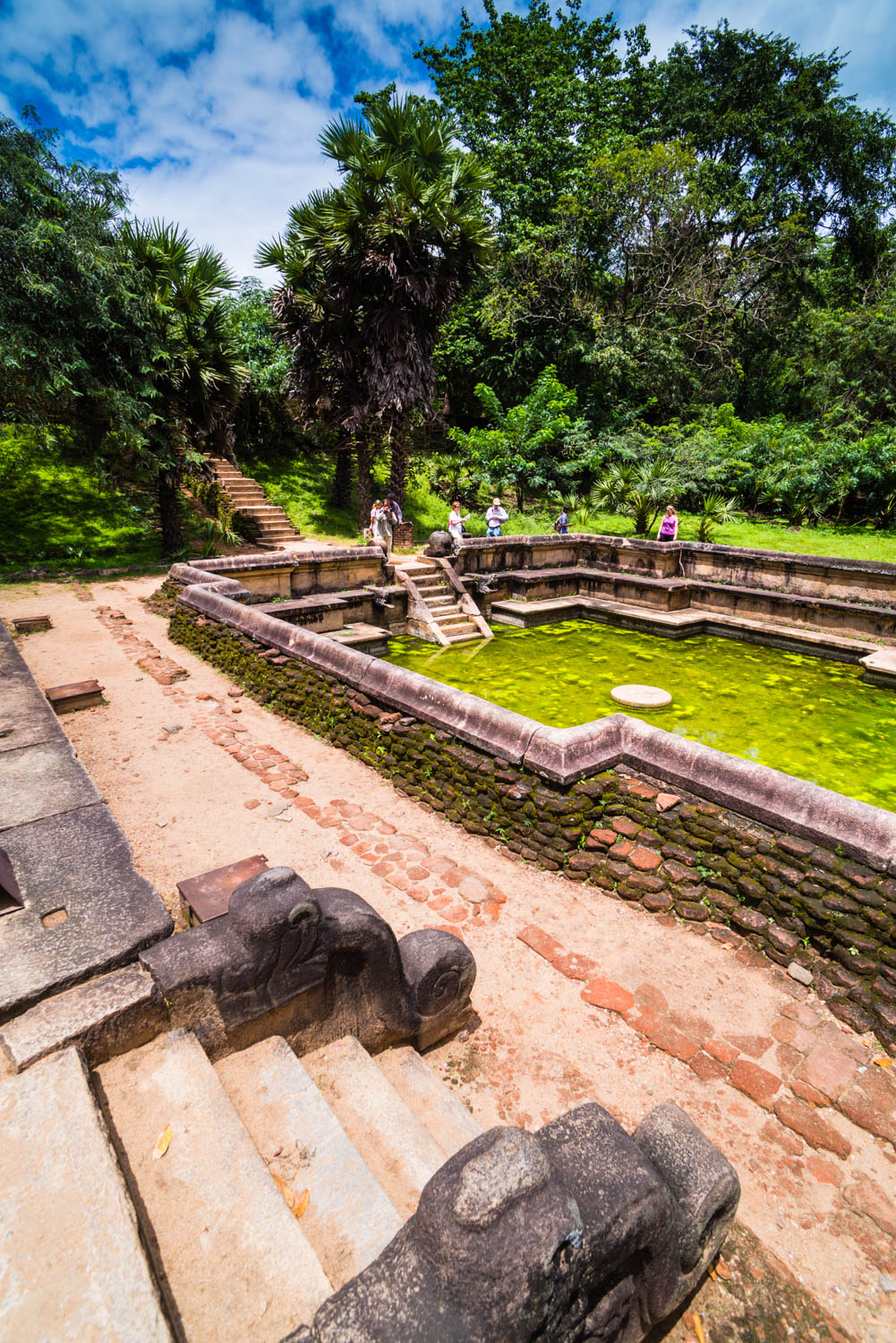
Photo by UGA Chena Huts
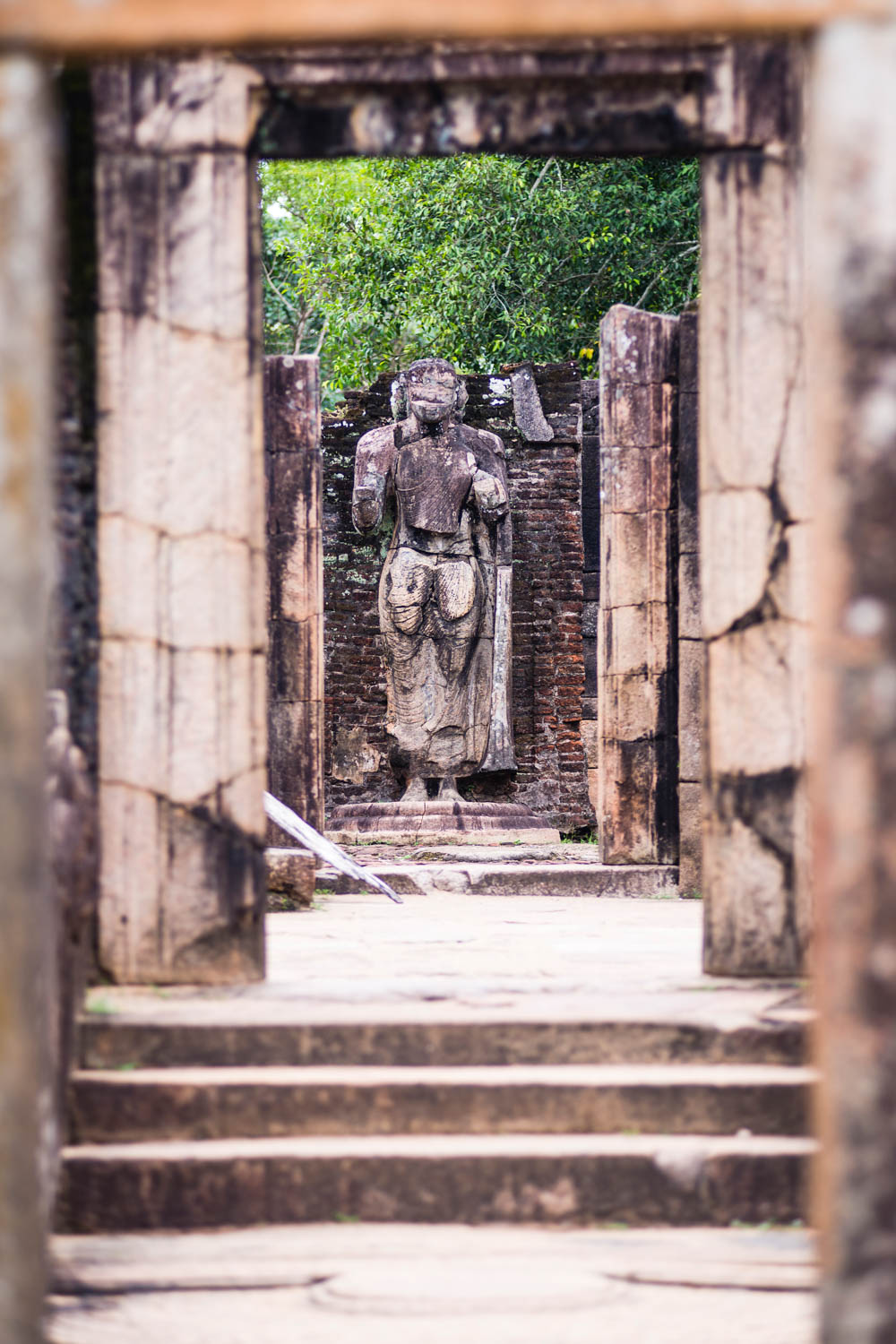
Got Questions? We Have Answers
Plan Your Polonnaruwa Trip with Sithiyam
At Sithiyam, we create tailored Cultural Triangle itineraries:
- 🚴 Cycling tours with local guides.
- 🏛️ Cultural packages combining Polonnaruwa, Anuradhapura, and Sigiriya.
- 🐘 Safari add-ons at Minneriya or Kaudulla National Parks.
- 🛕 Spiritual journeys including temples and meditation retreats.
👉 Contact us to plan your Polonnaruwa 2026 journey and explore Sri Lanka’s Cultural Triangle in style
Conclusion
Polonnaruwa in Sri Lanka is where ancient engineering, art, and culture meet. From the serene Buddha statues at Gal Vihara to the vast waters of Parakrama Samudra, this city showcases the brilliance of Sri Lanka’s past.
Whether you cycle past ruins at sunrise, photograph ancient temples, or explore nearby national parks, Polonnaruwa offers a fascinating mix of history and nature in a beautiful country.
👉 Plan your perfect trip with Sithiyam and discover why Polonnaruwa remains one of Sri Lanka’s most captivating UNESCO World Heritage sites in 2026.
Read More.
Like &
Share.
Like our content? Explore more topics on Sri Lanka and its wonders

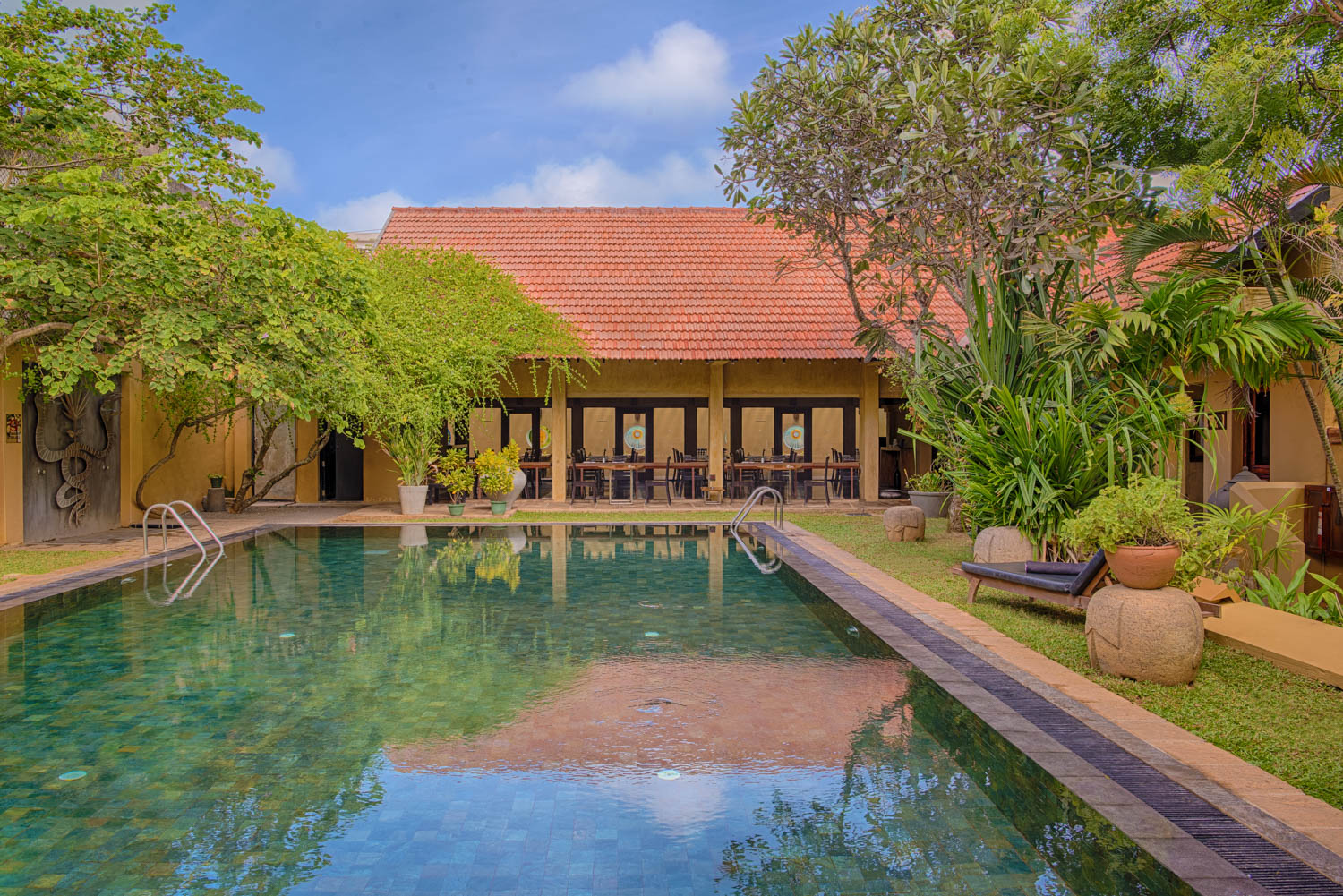
.jpg)
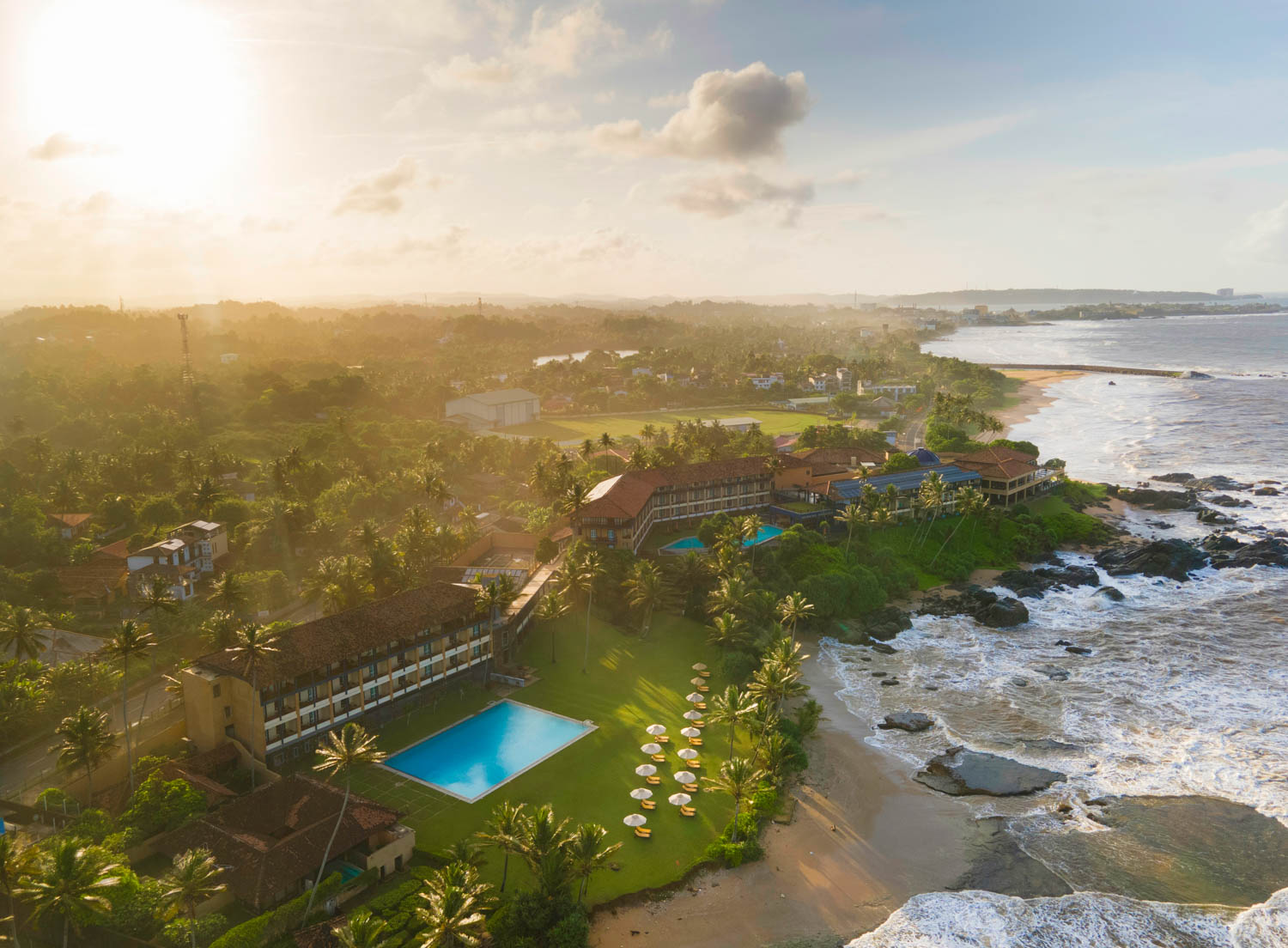
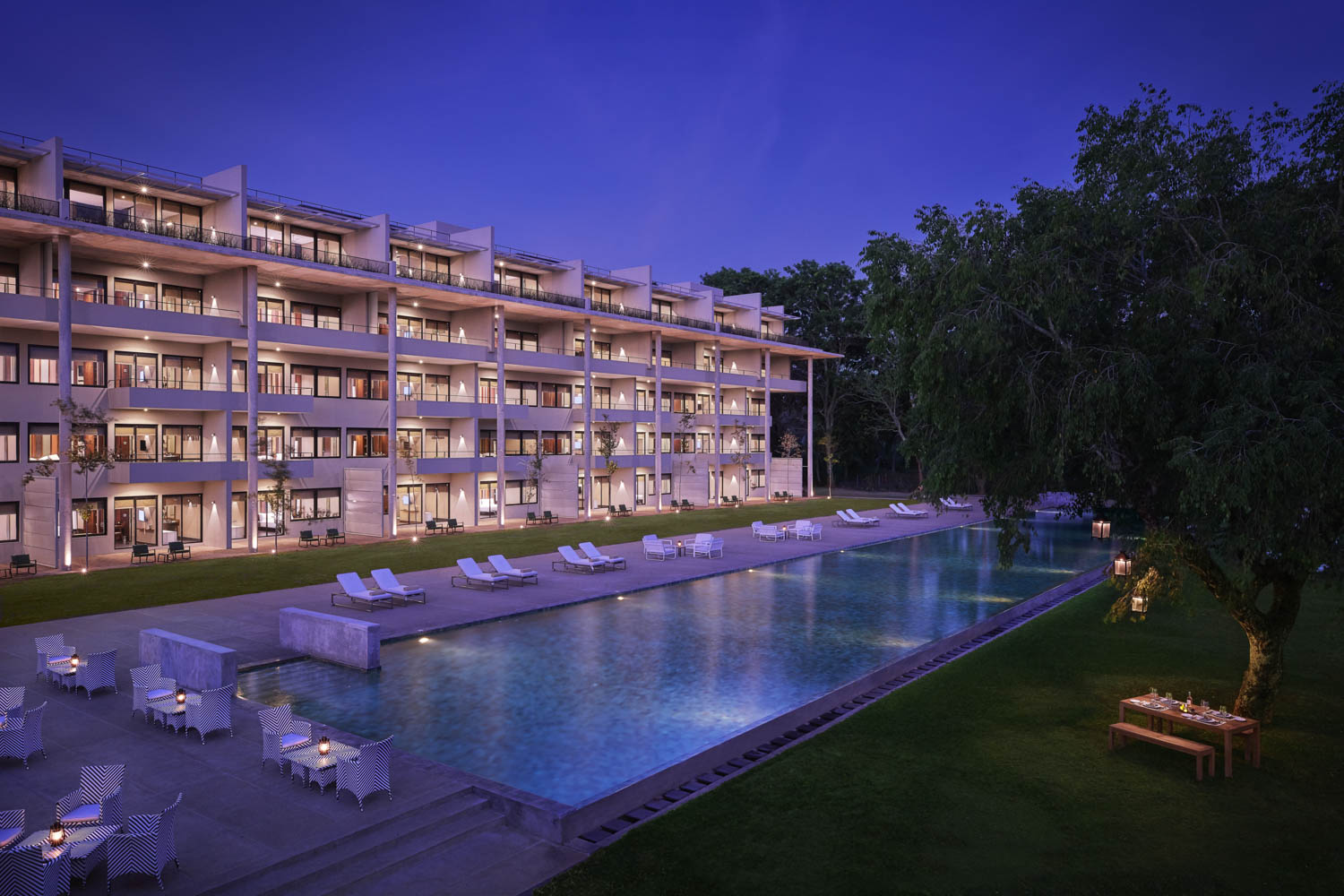
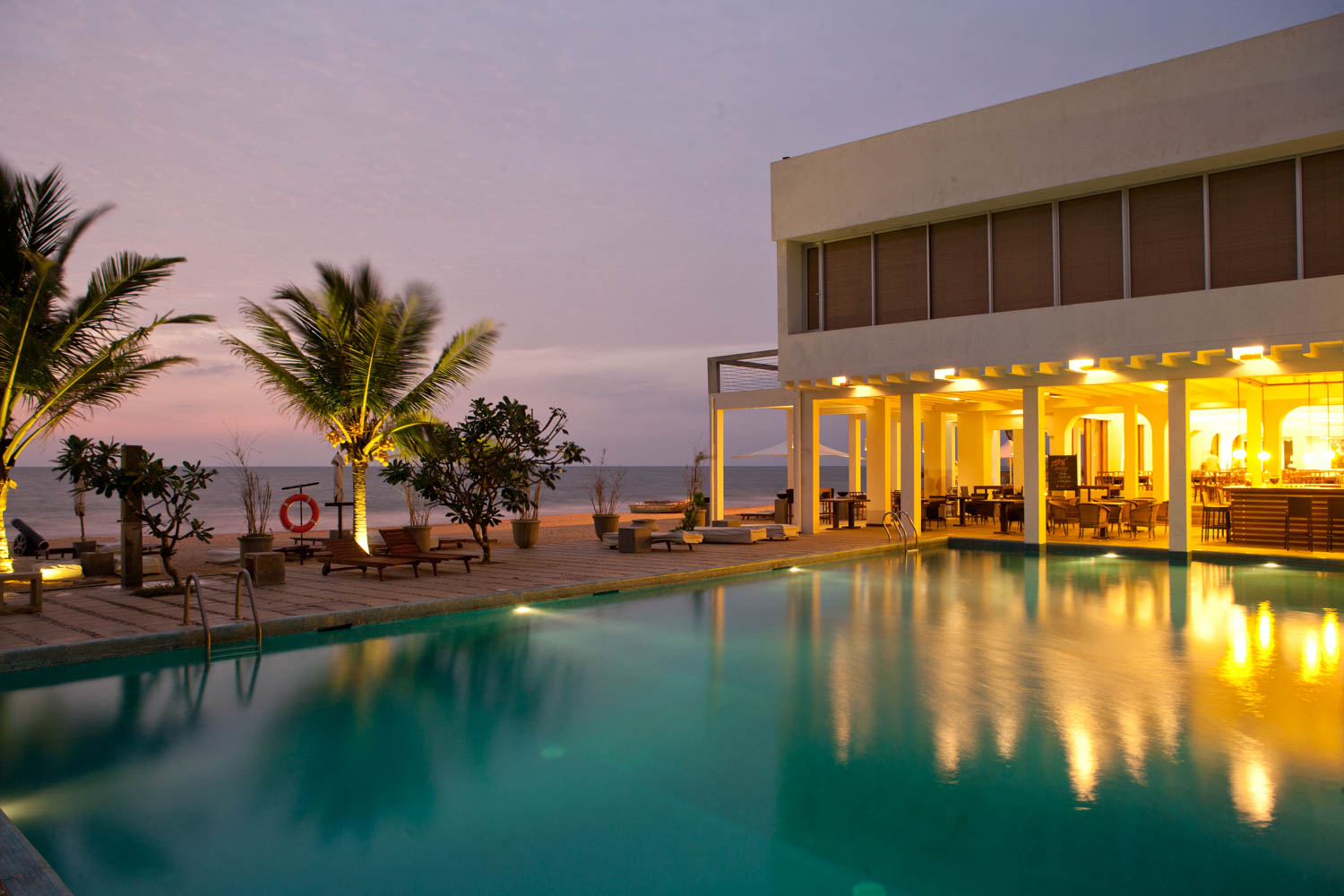

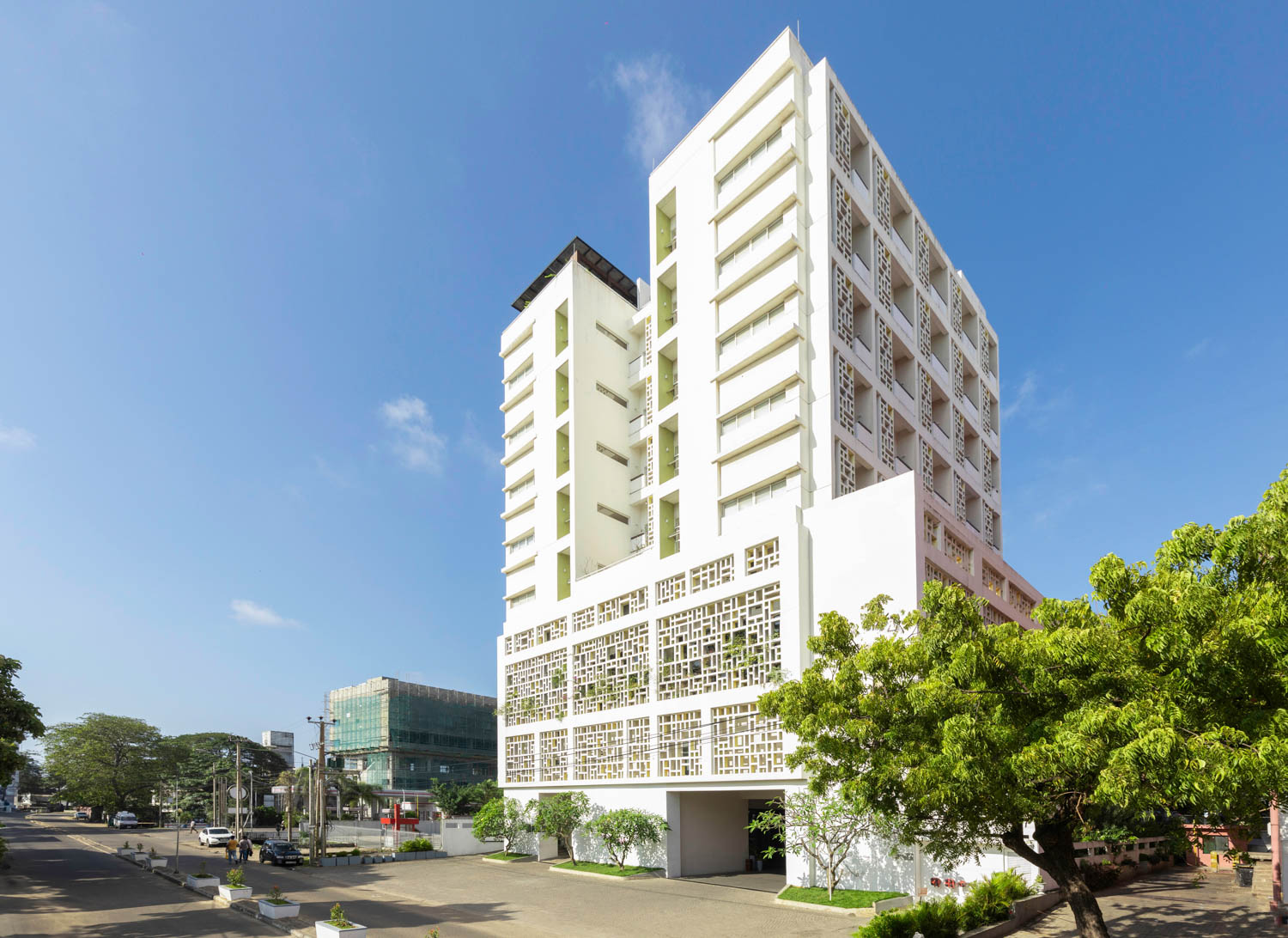
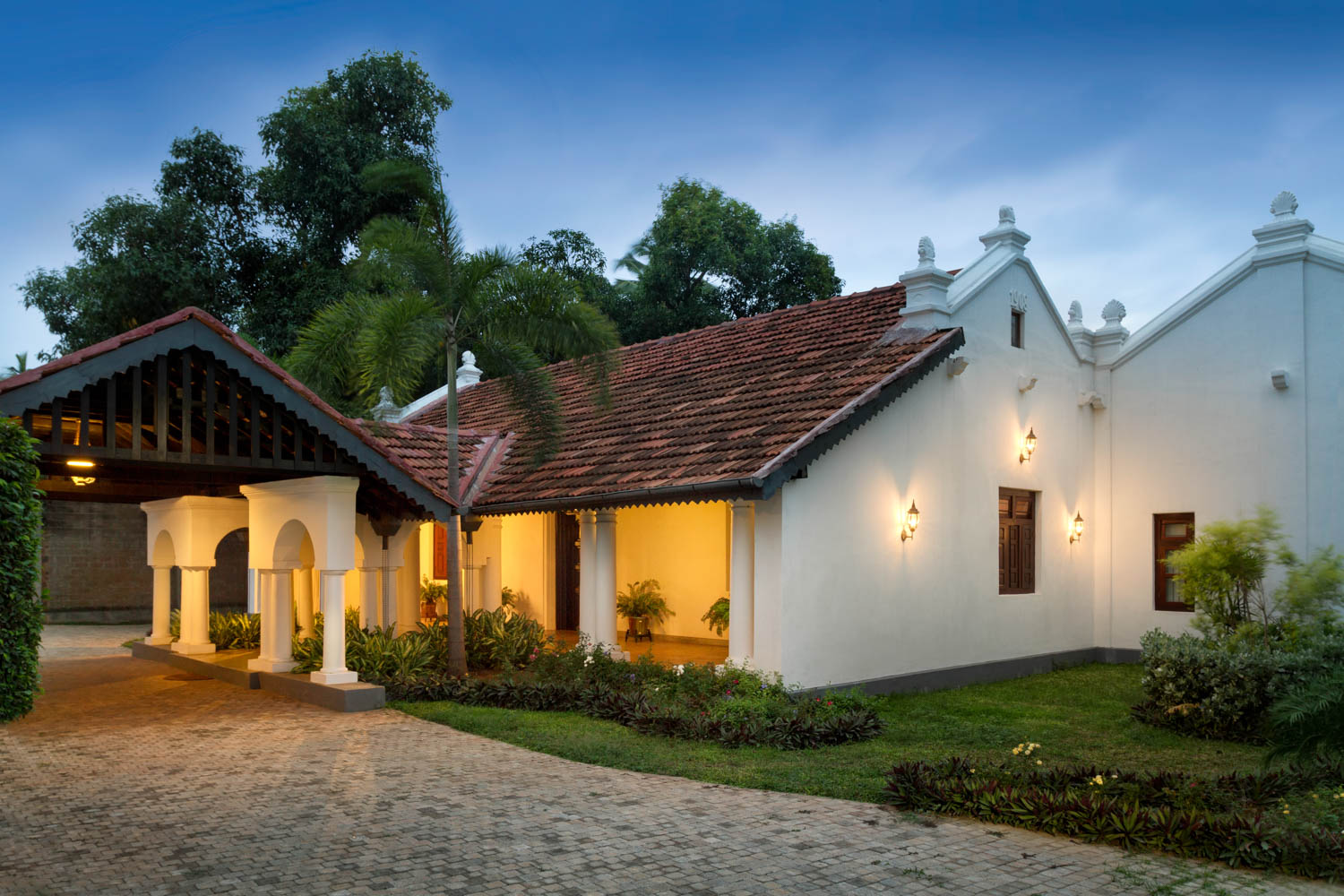
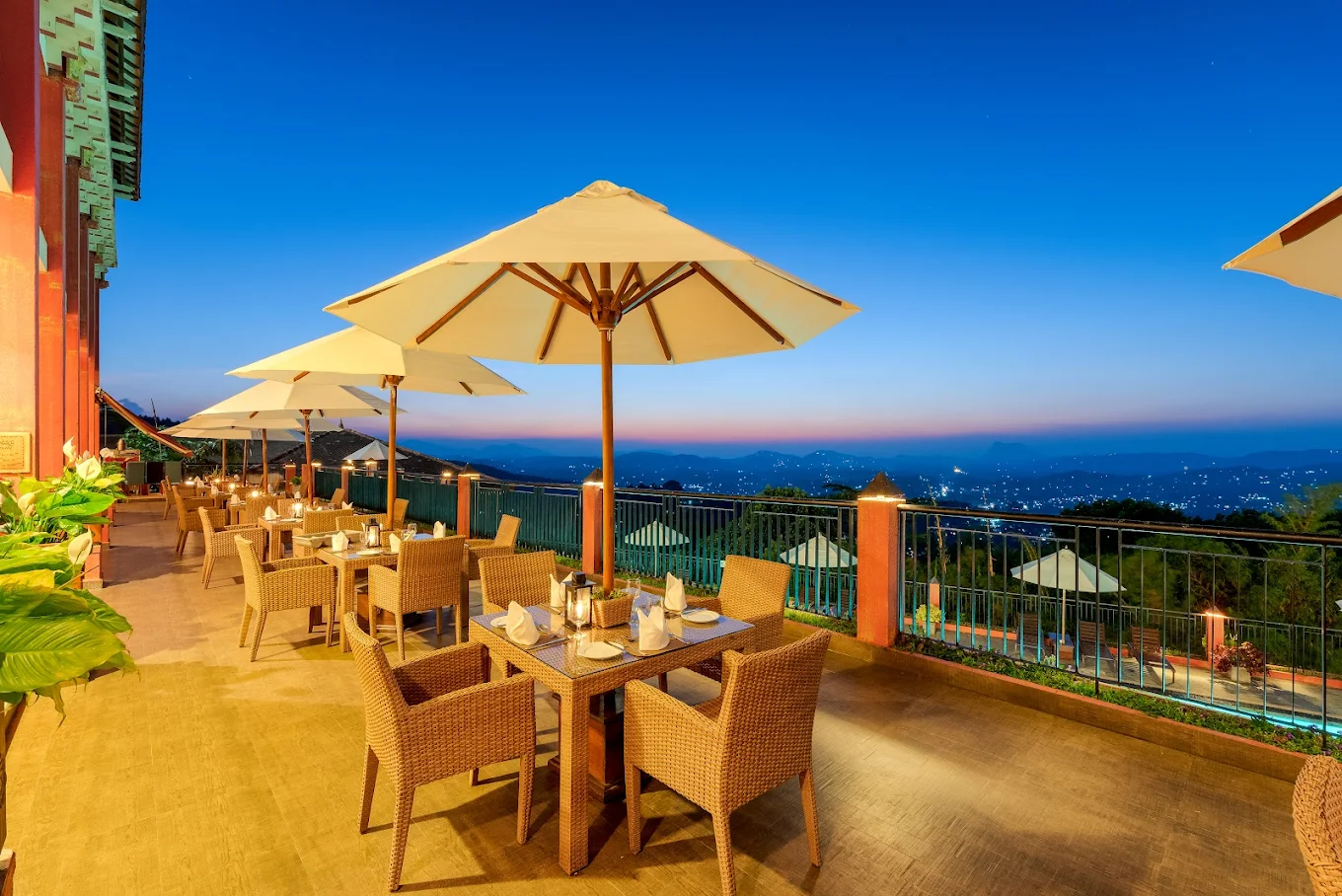
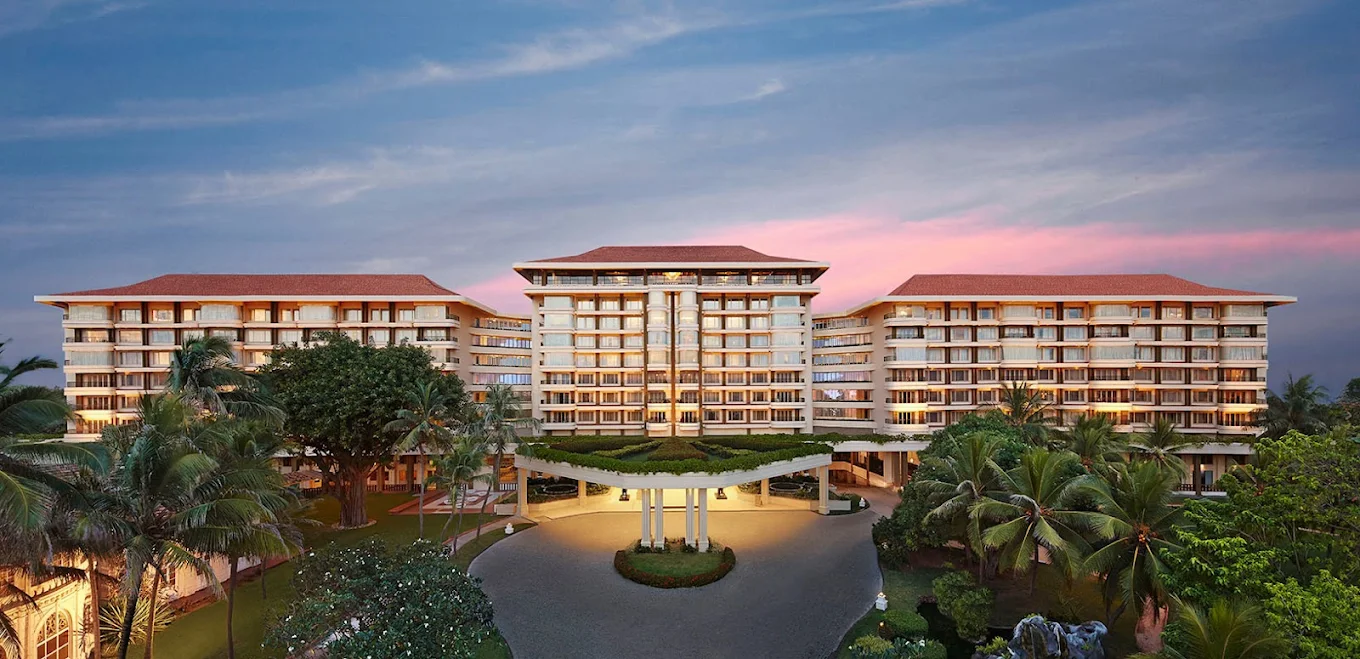

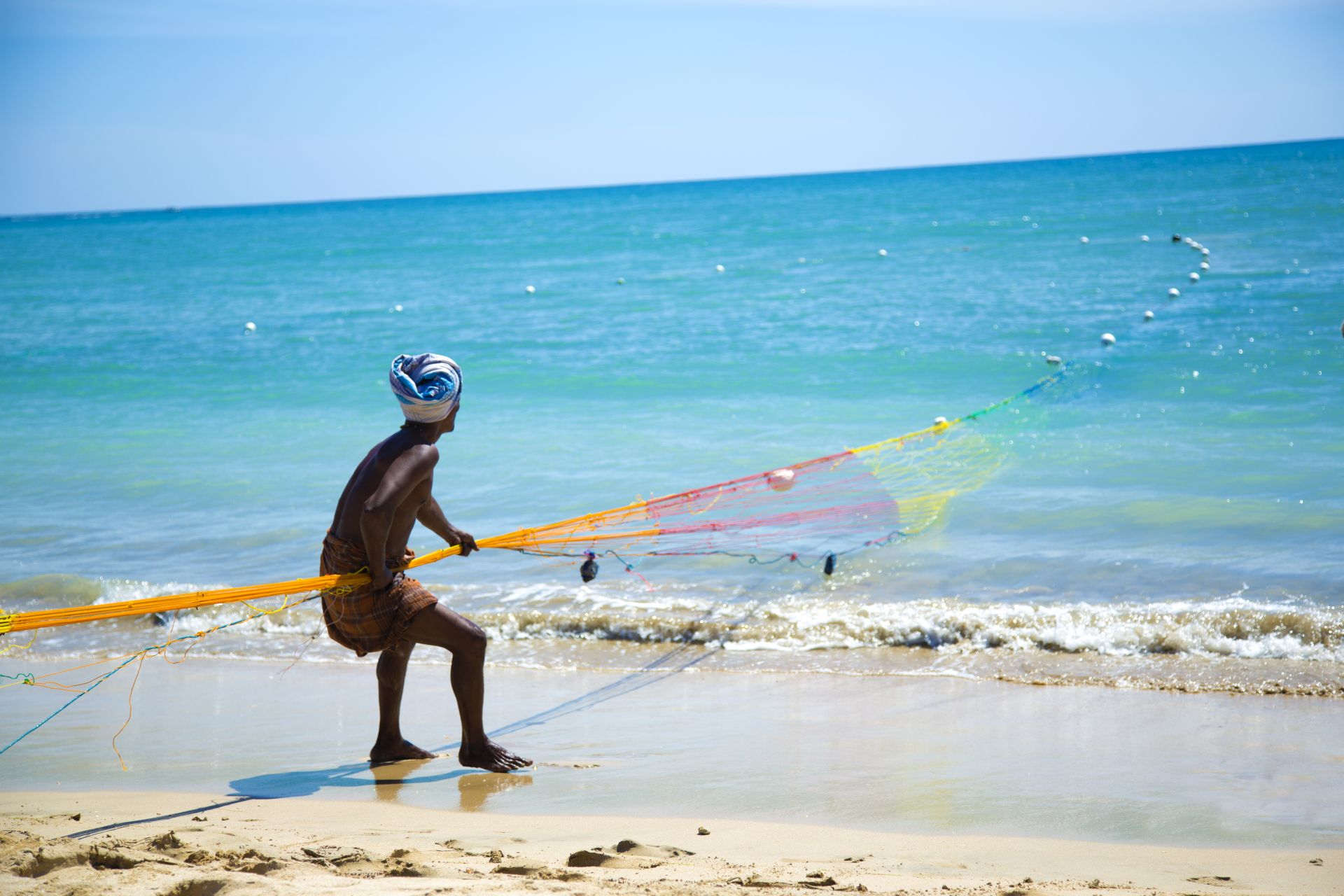

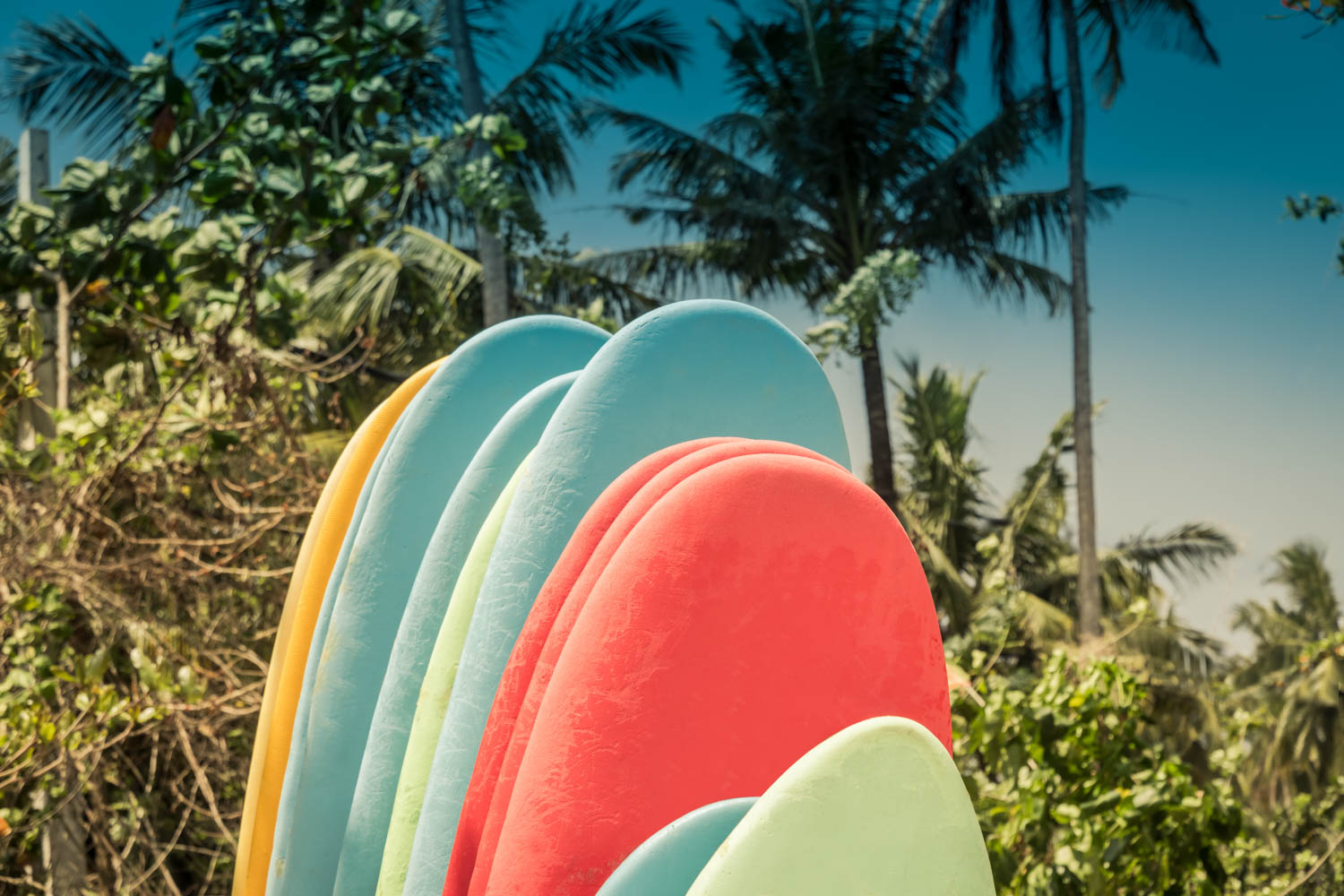
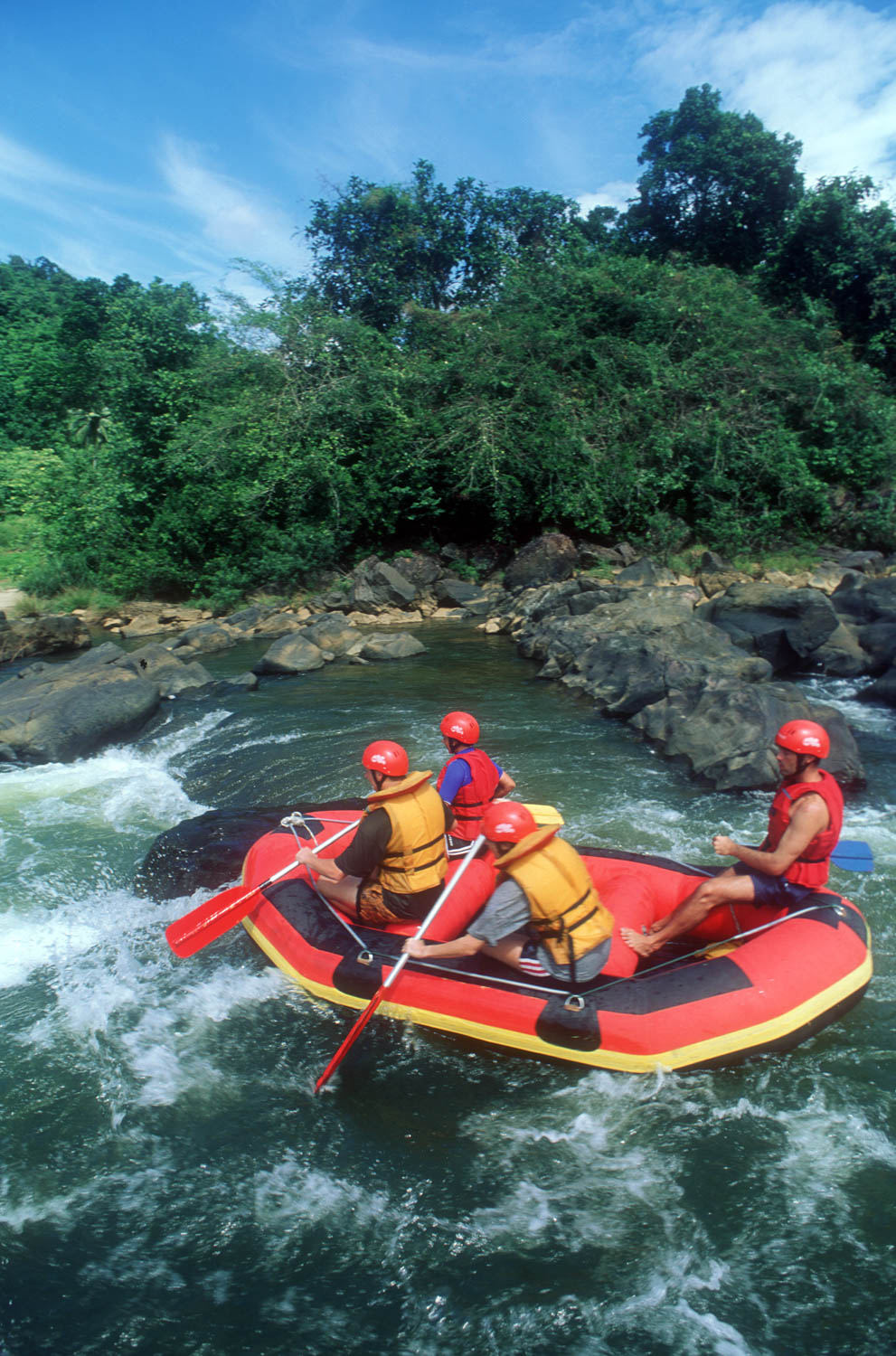
.jpg)
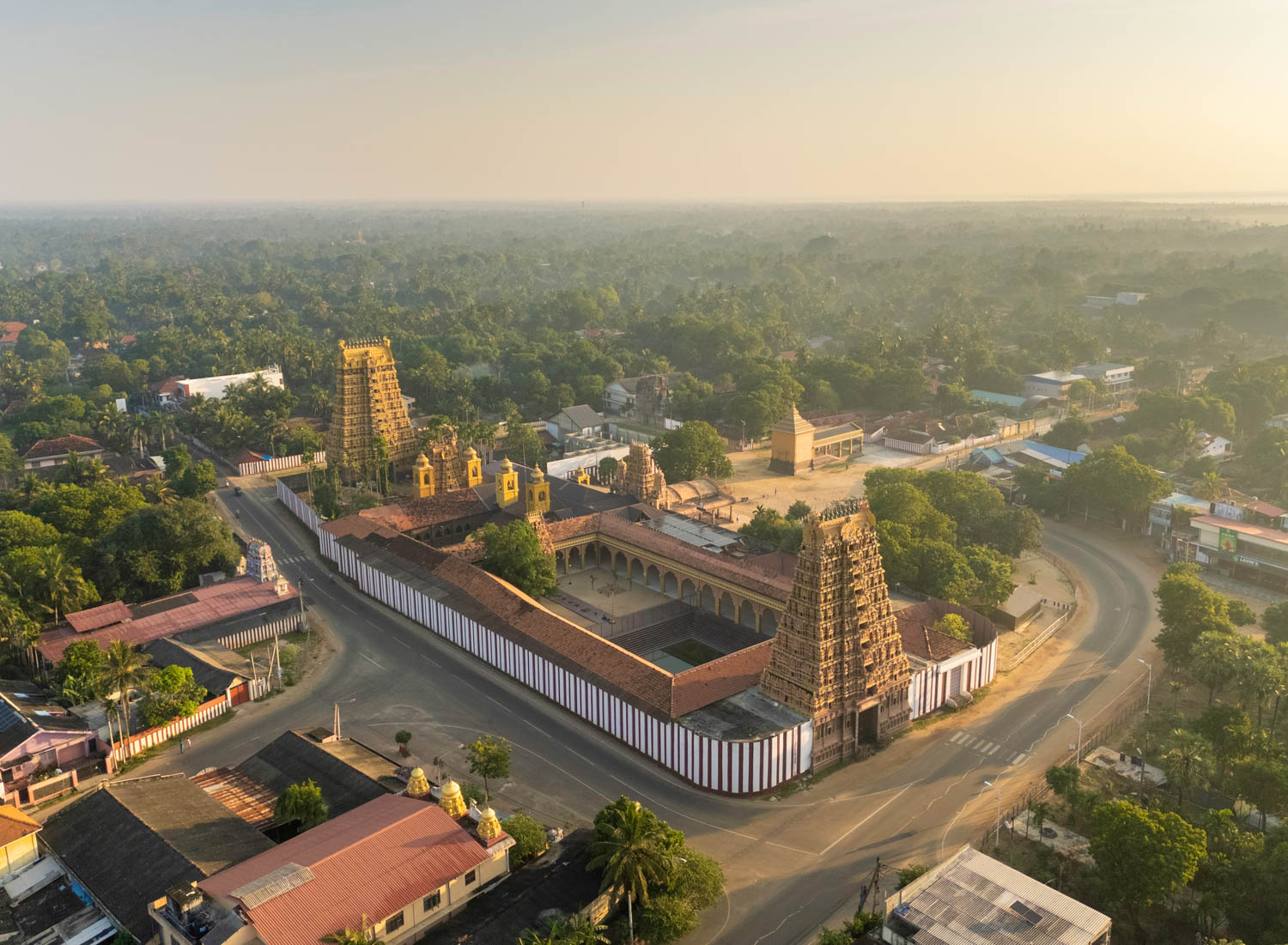
.jpeg)
-2.jpg)
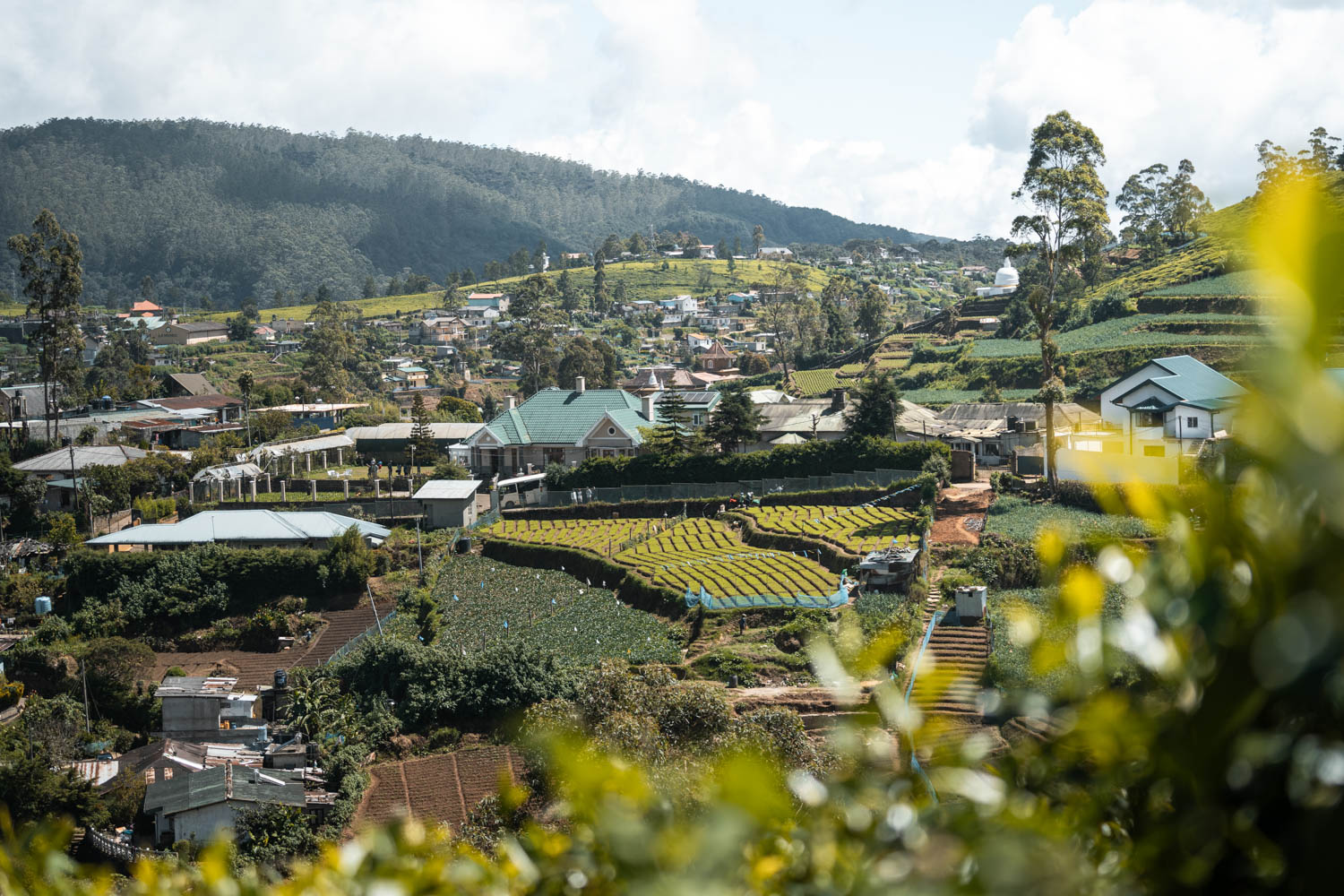
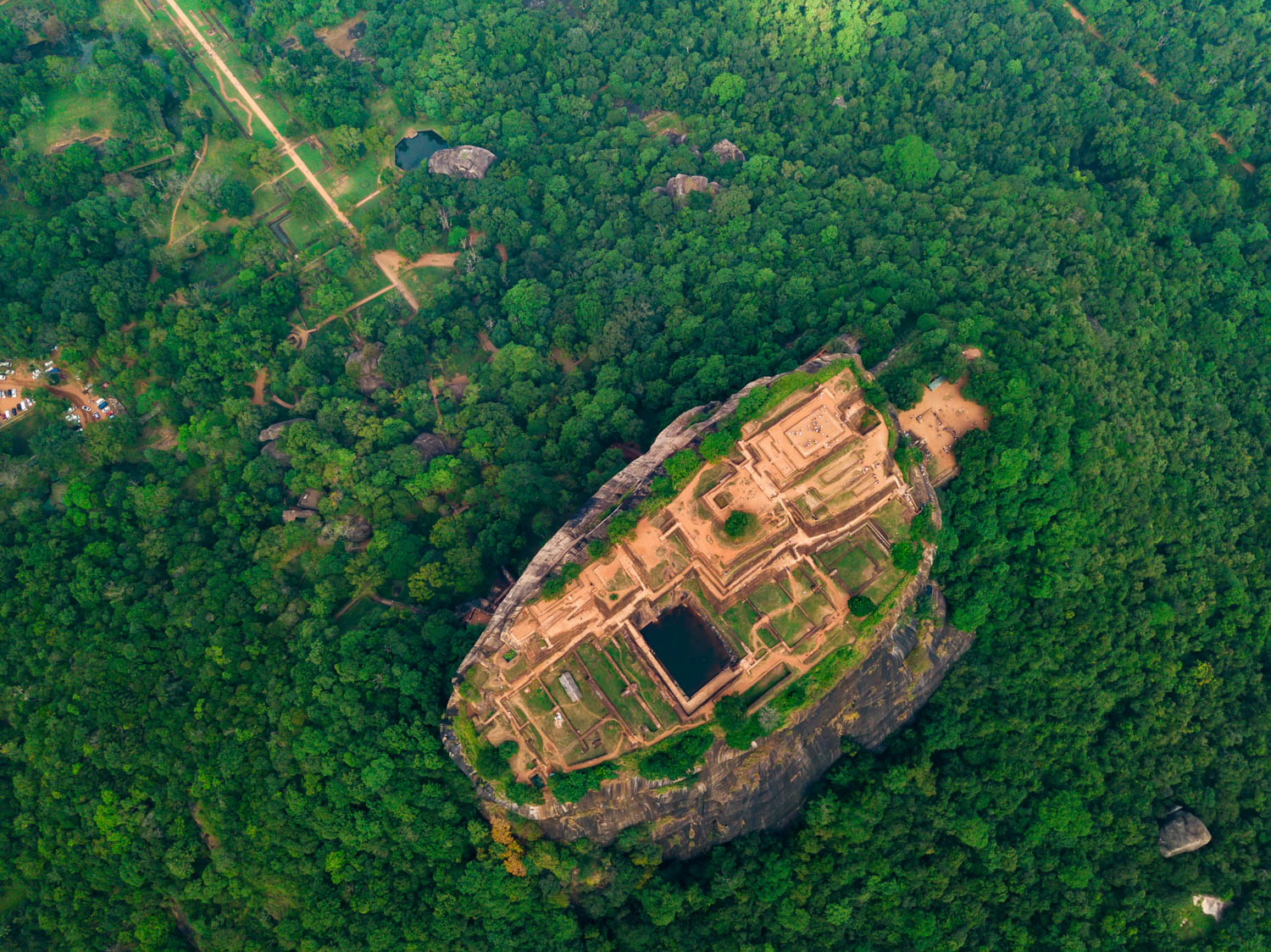
.jpeg)
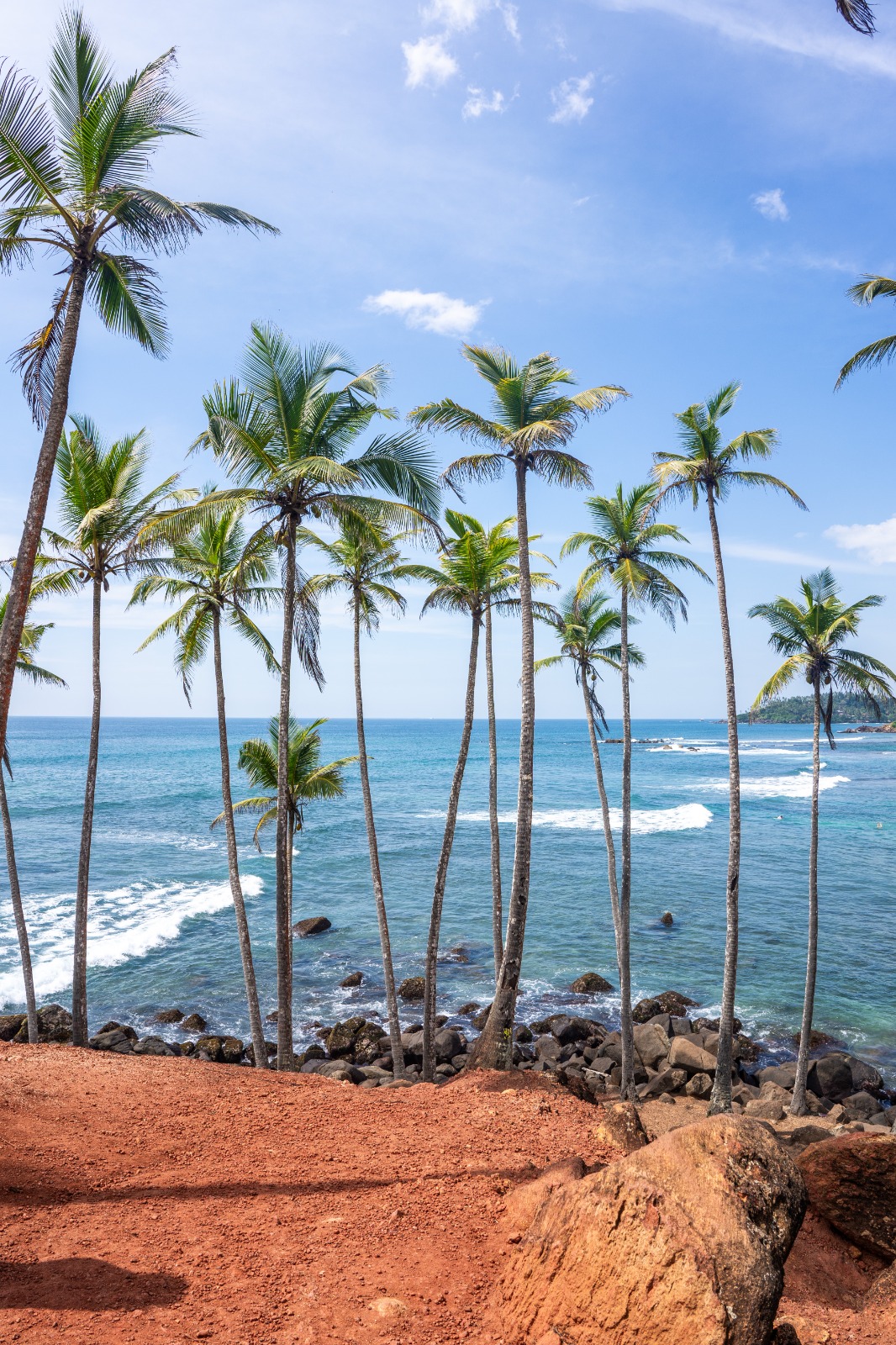
%201.jpg)
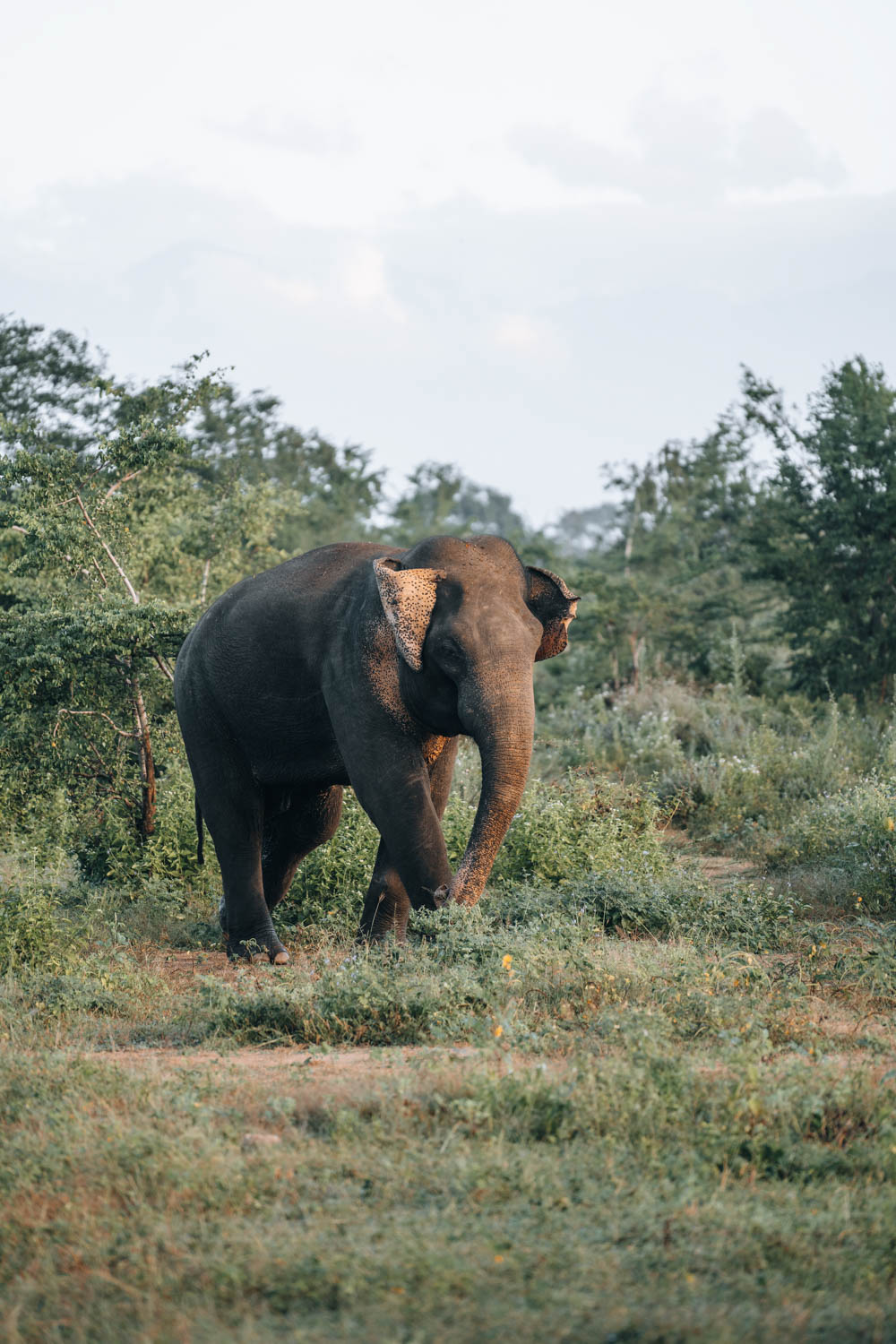
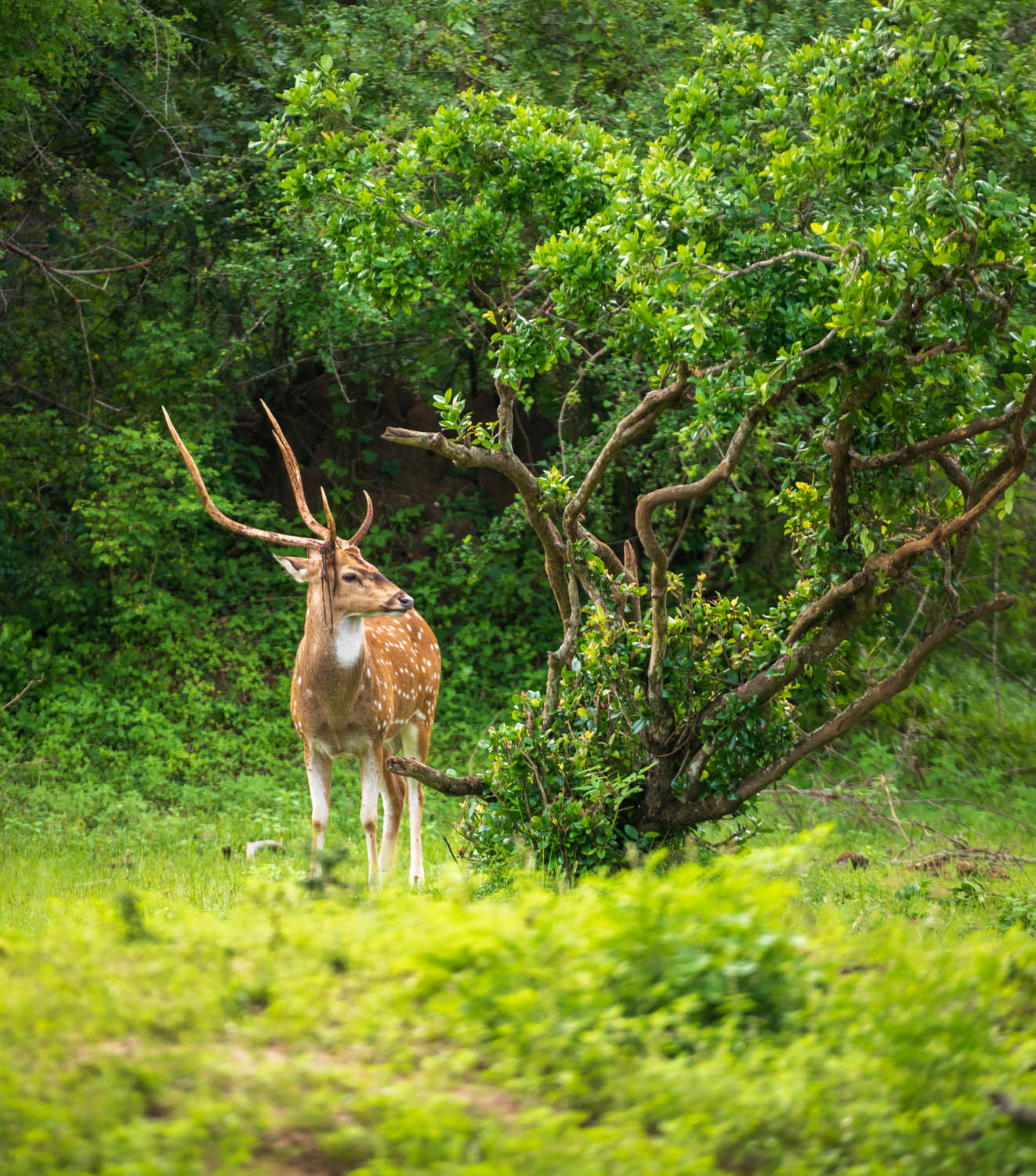
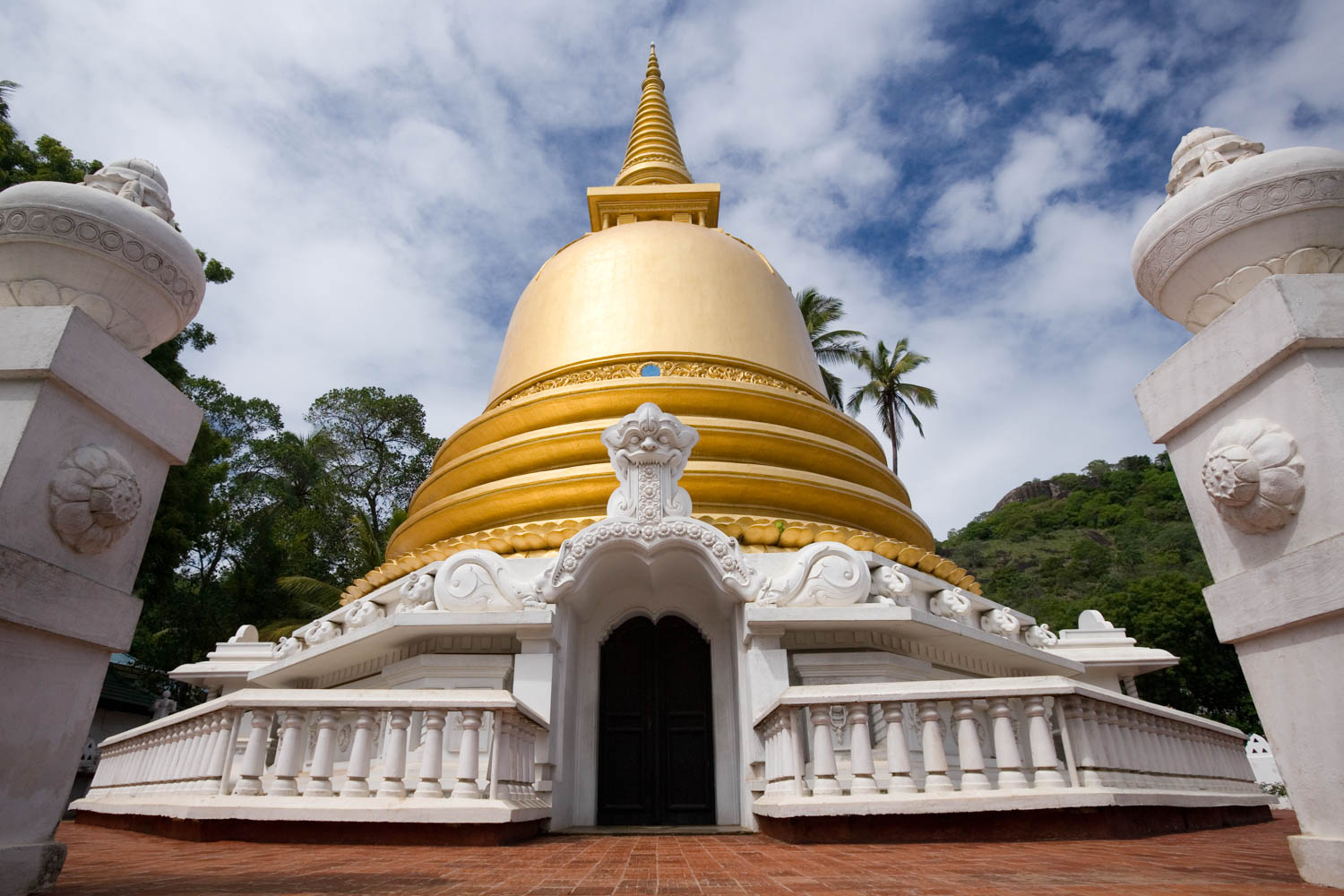
.jpeg)
.jpeg)
